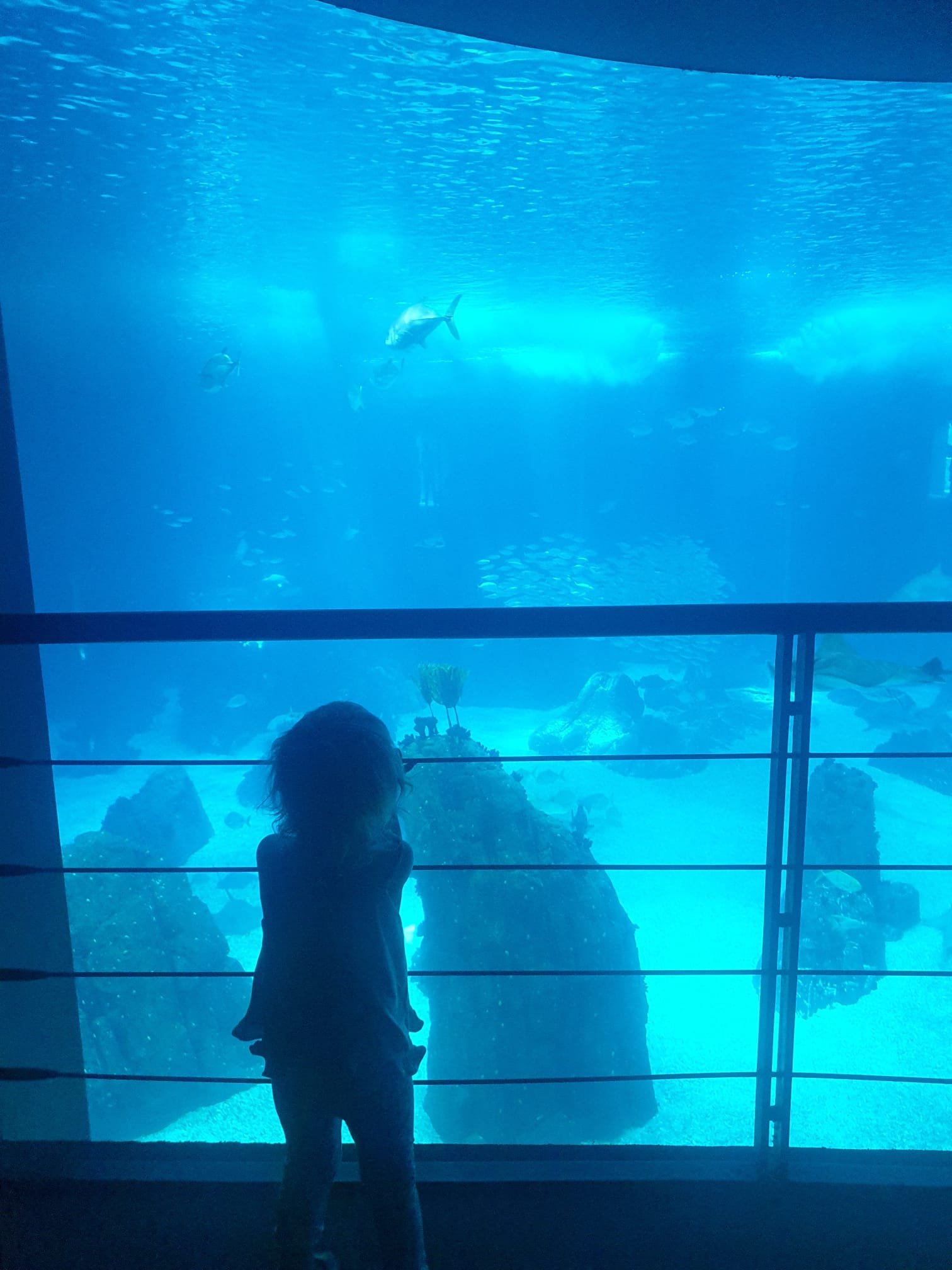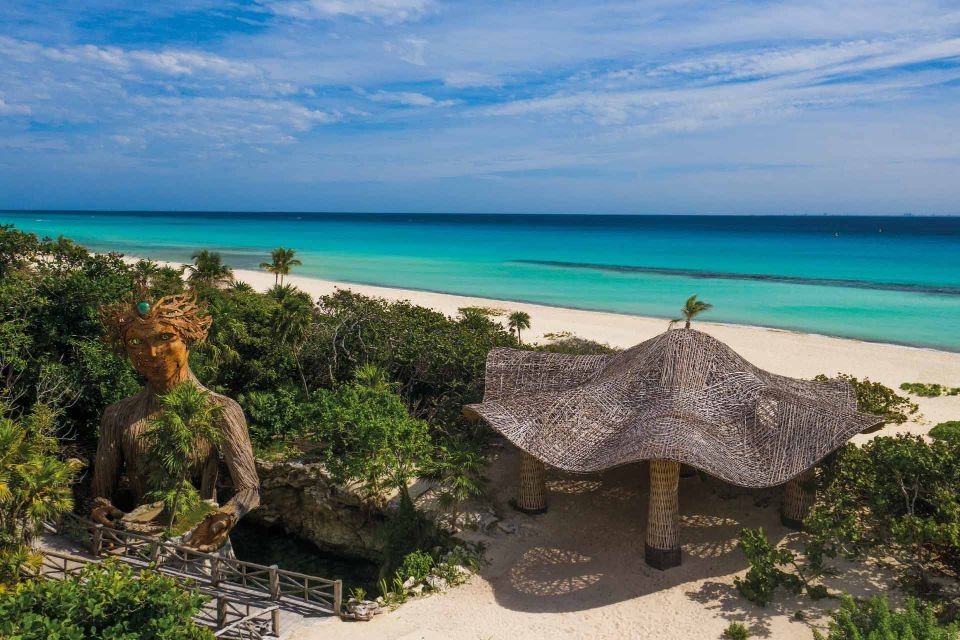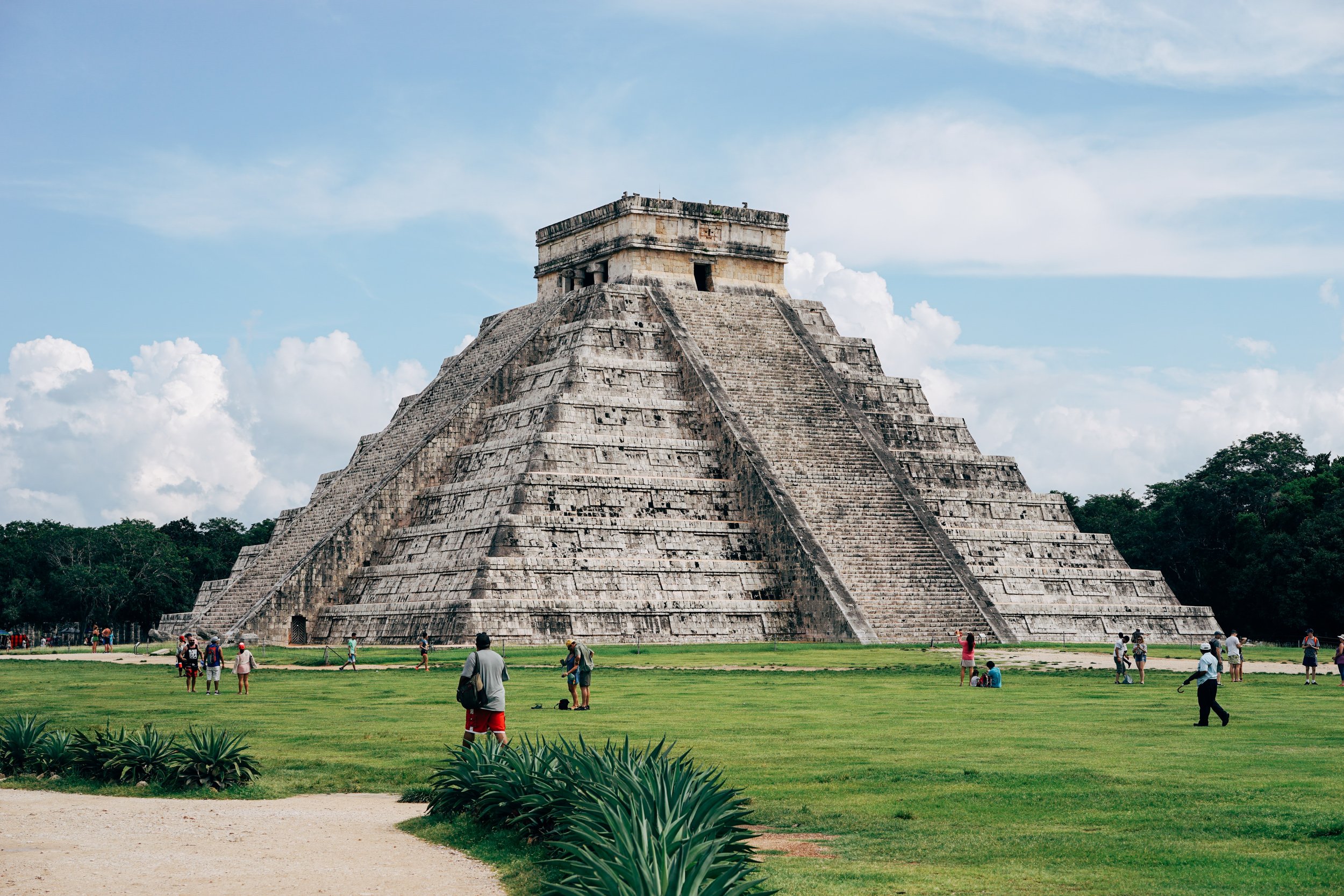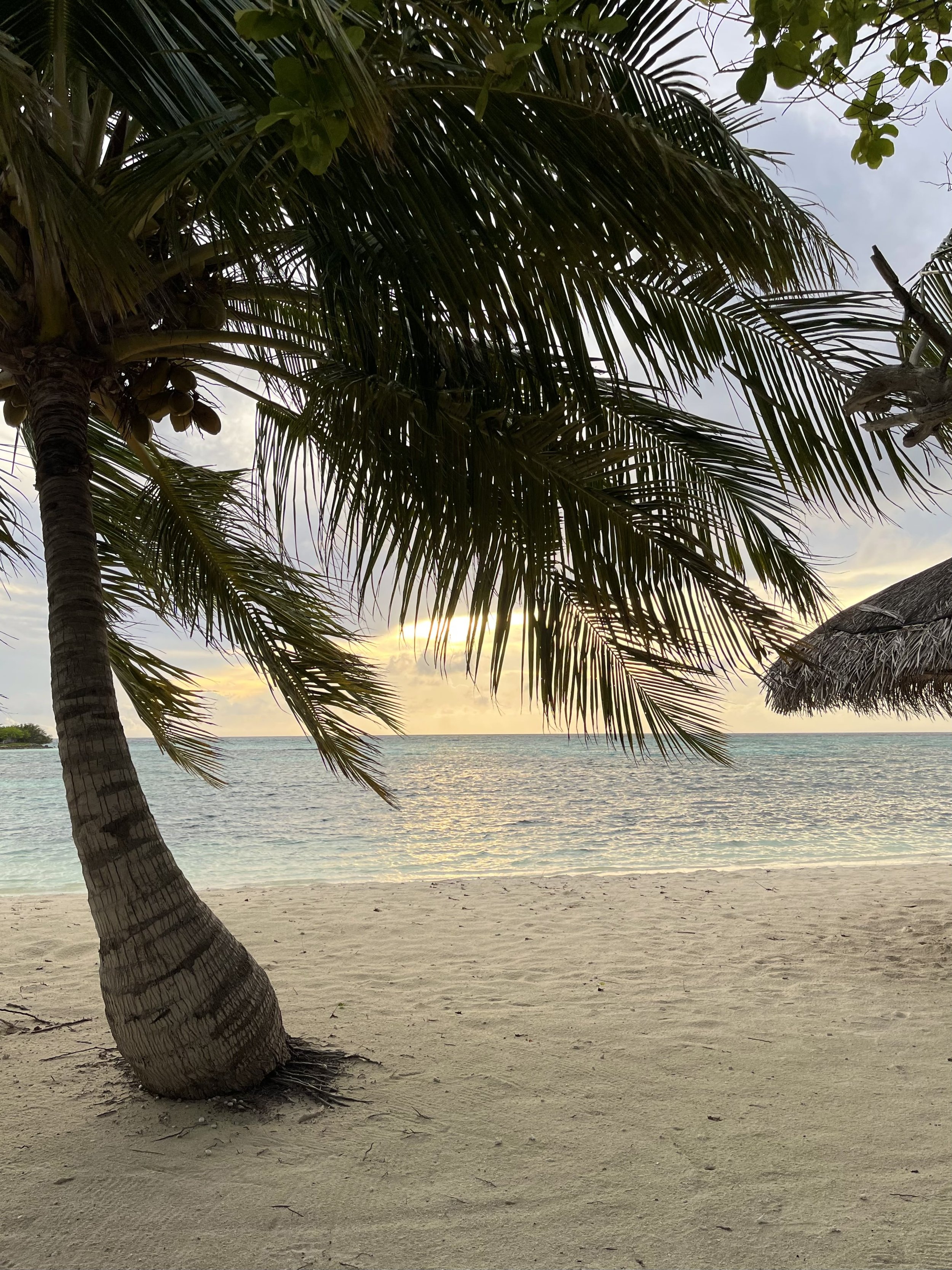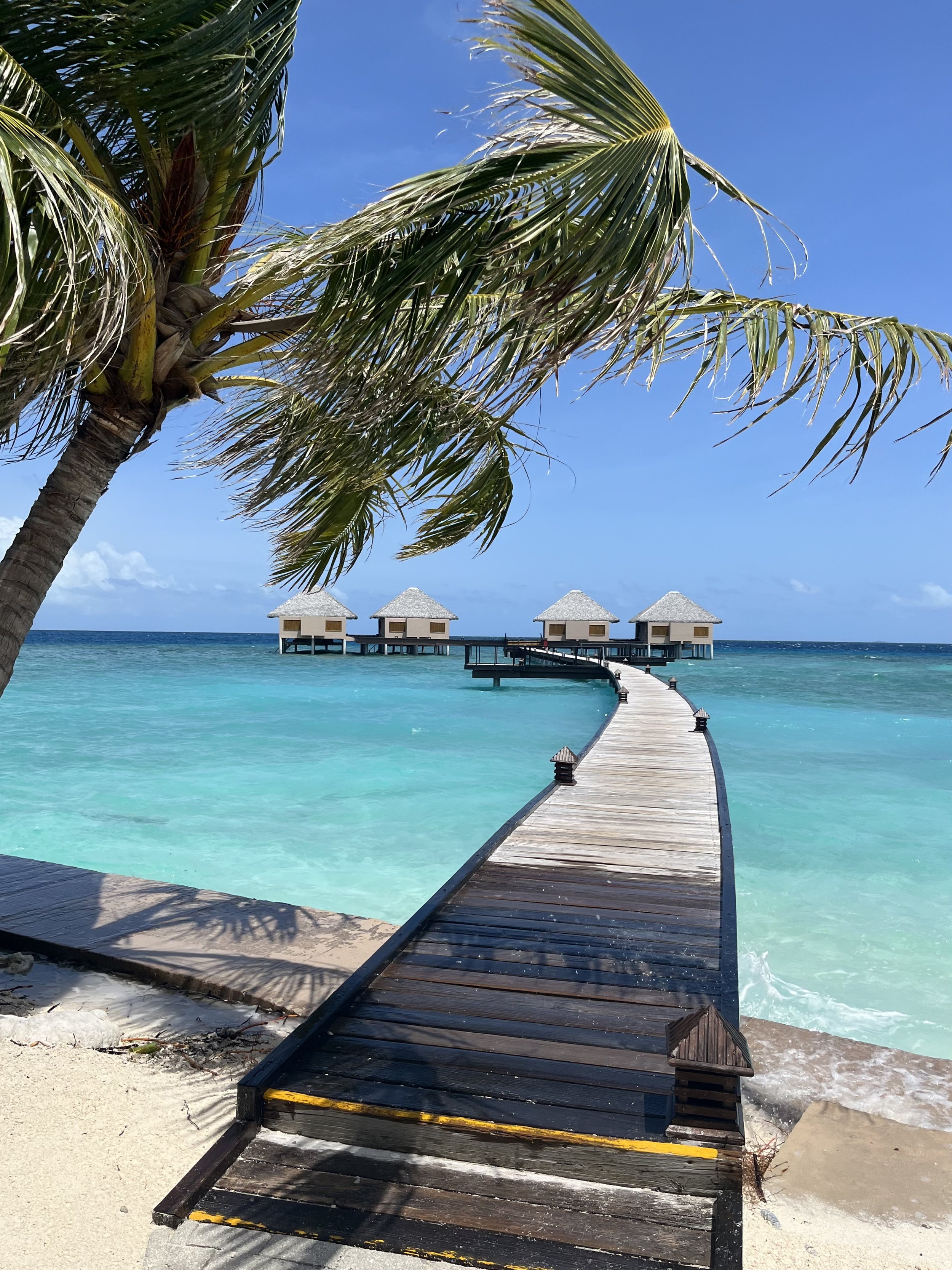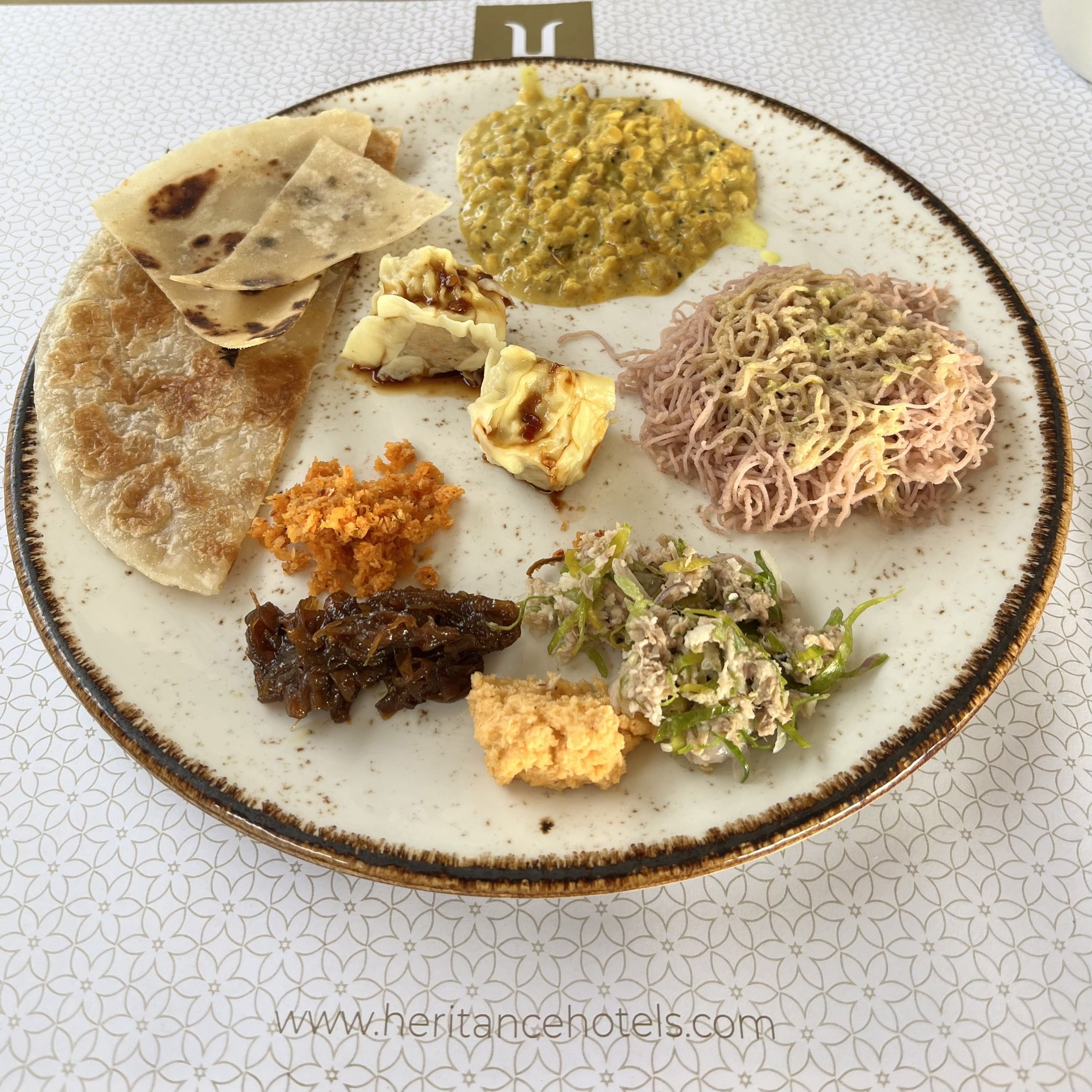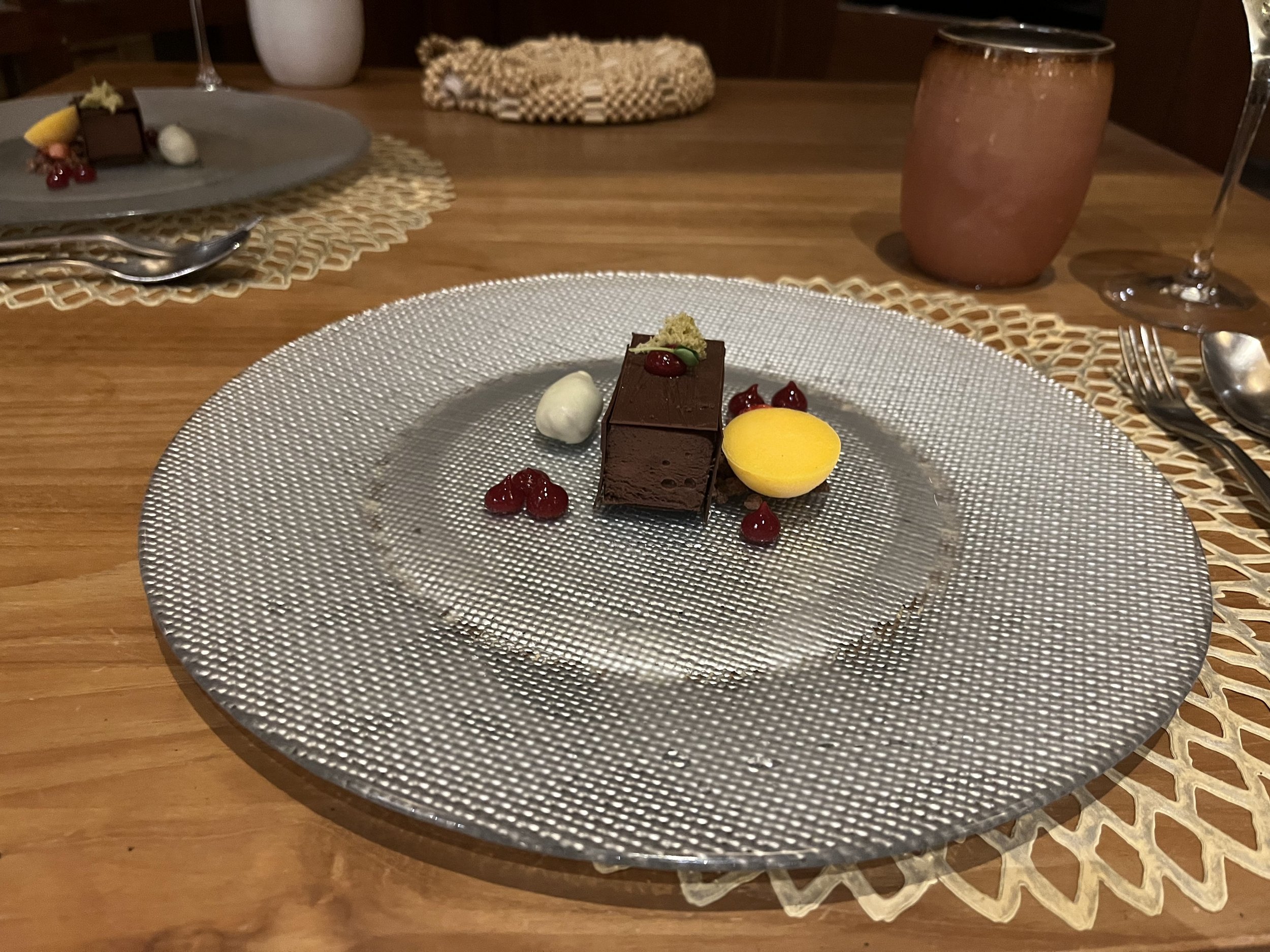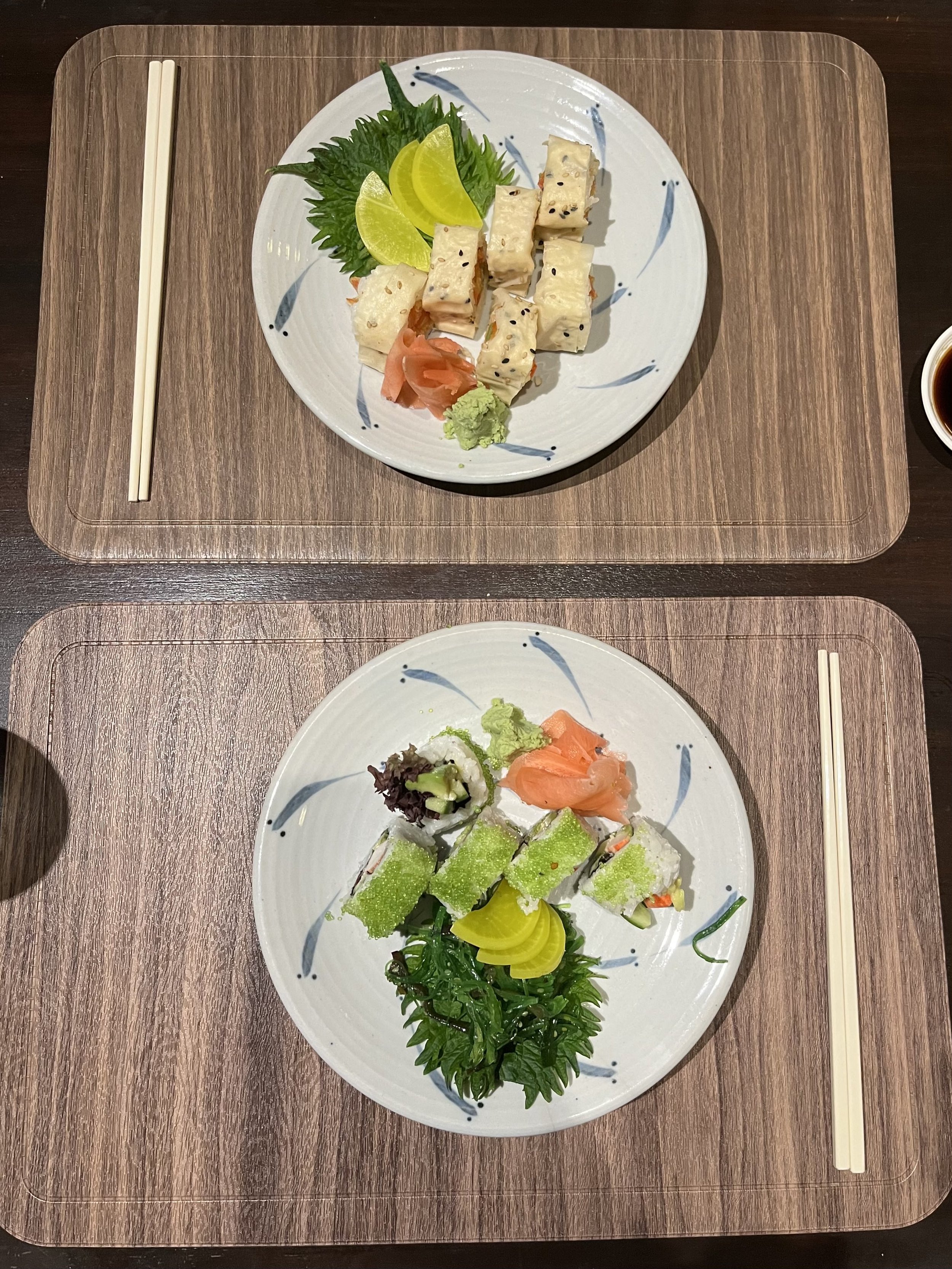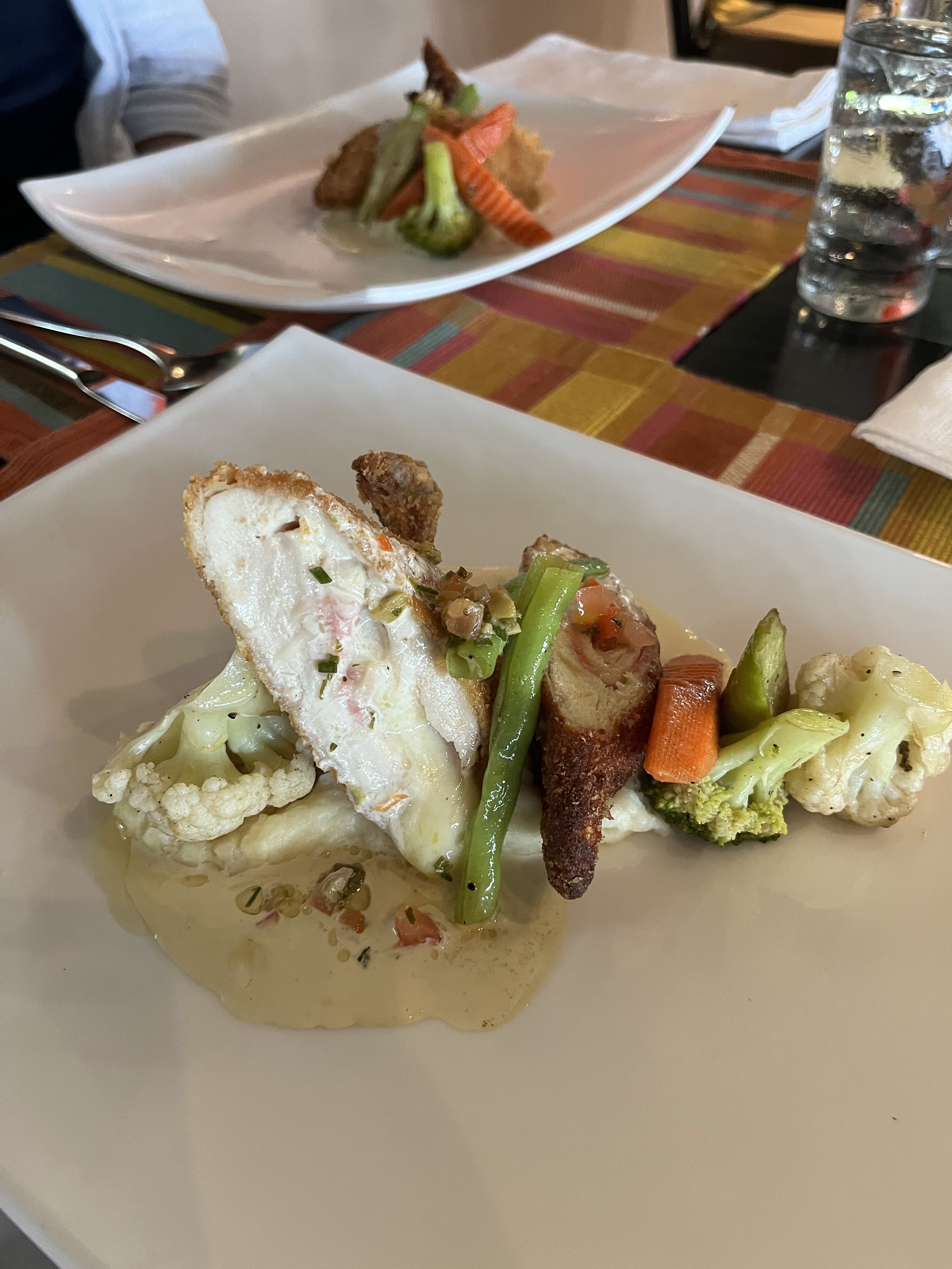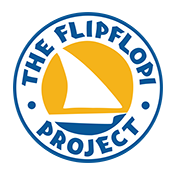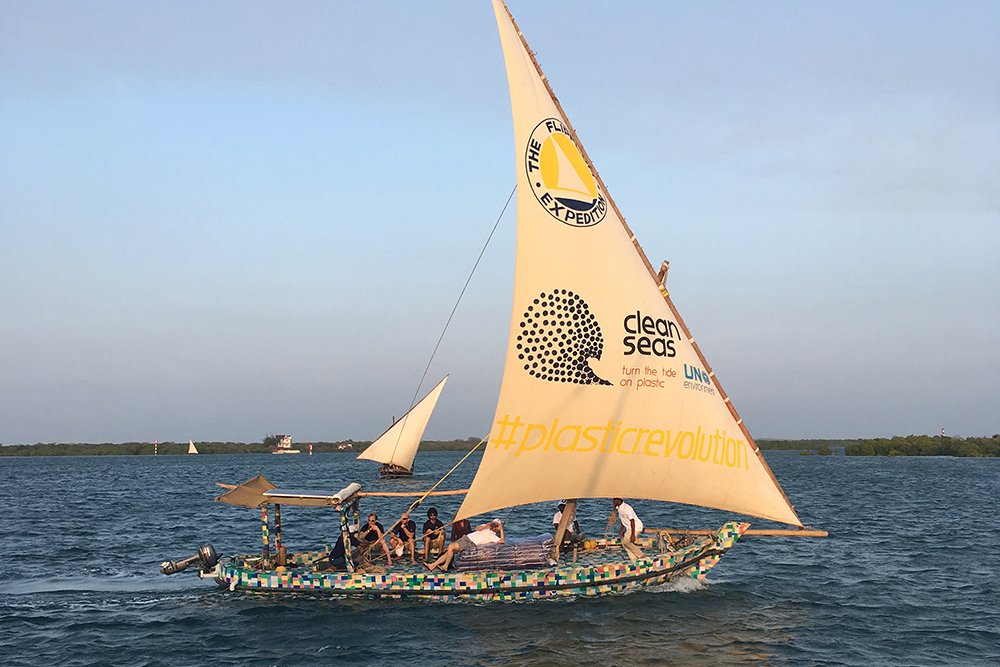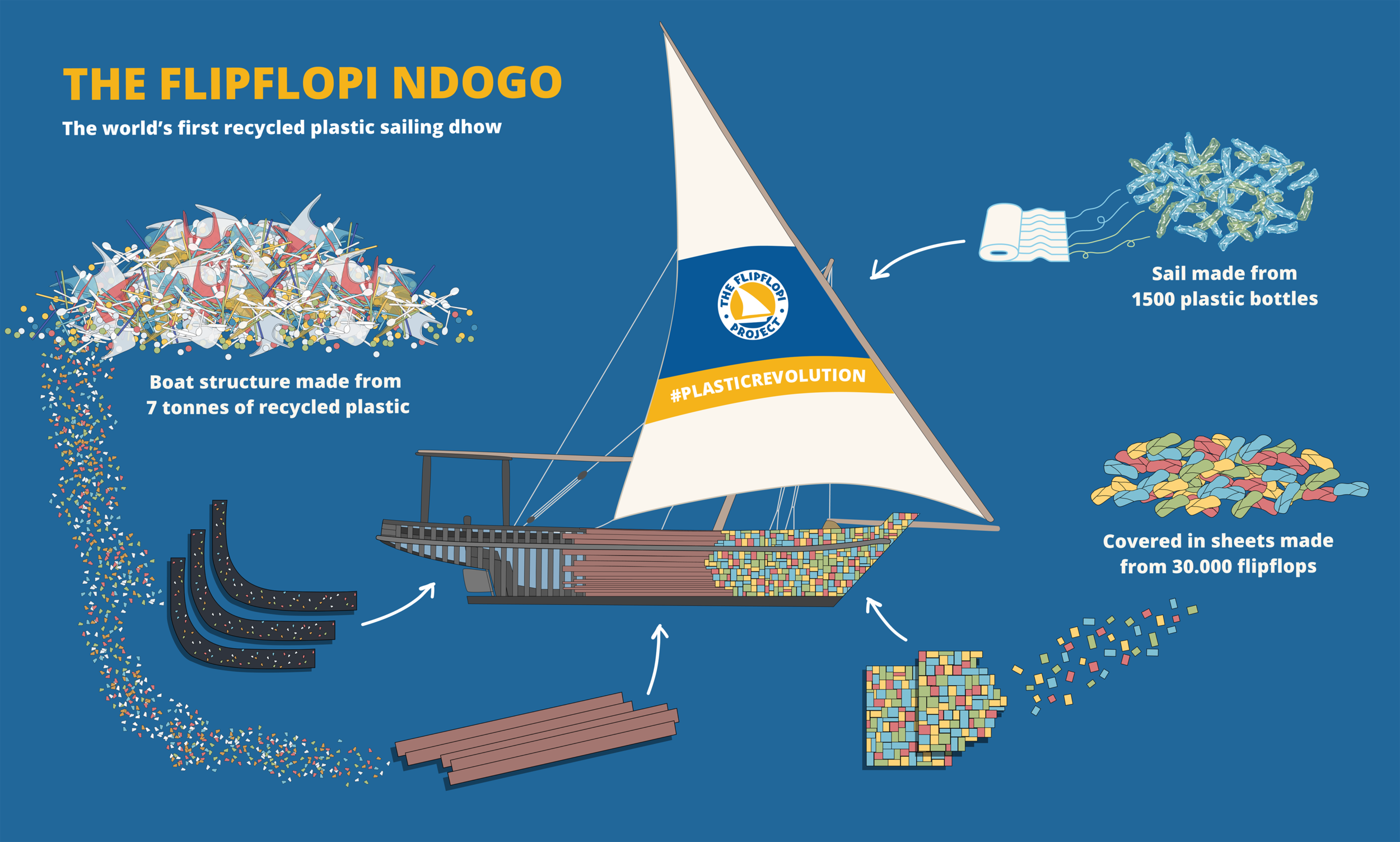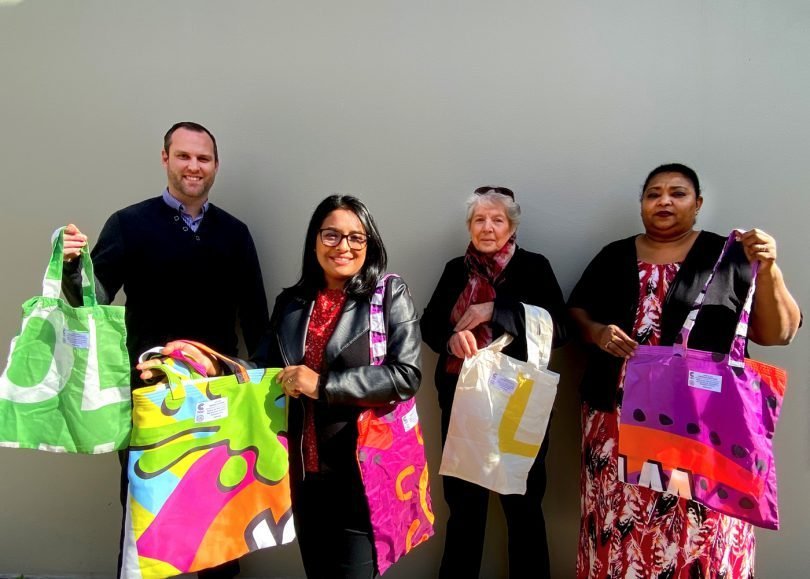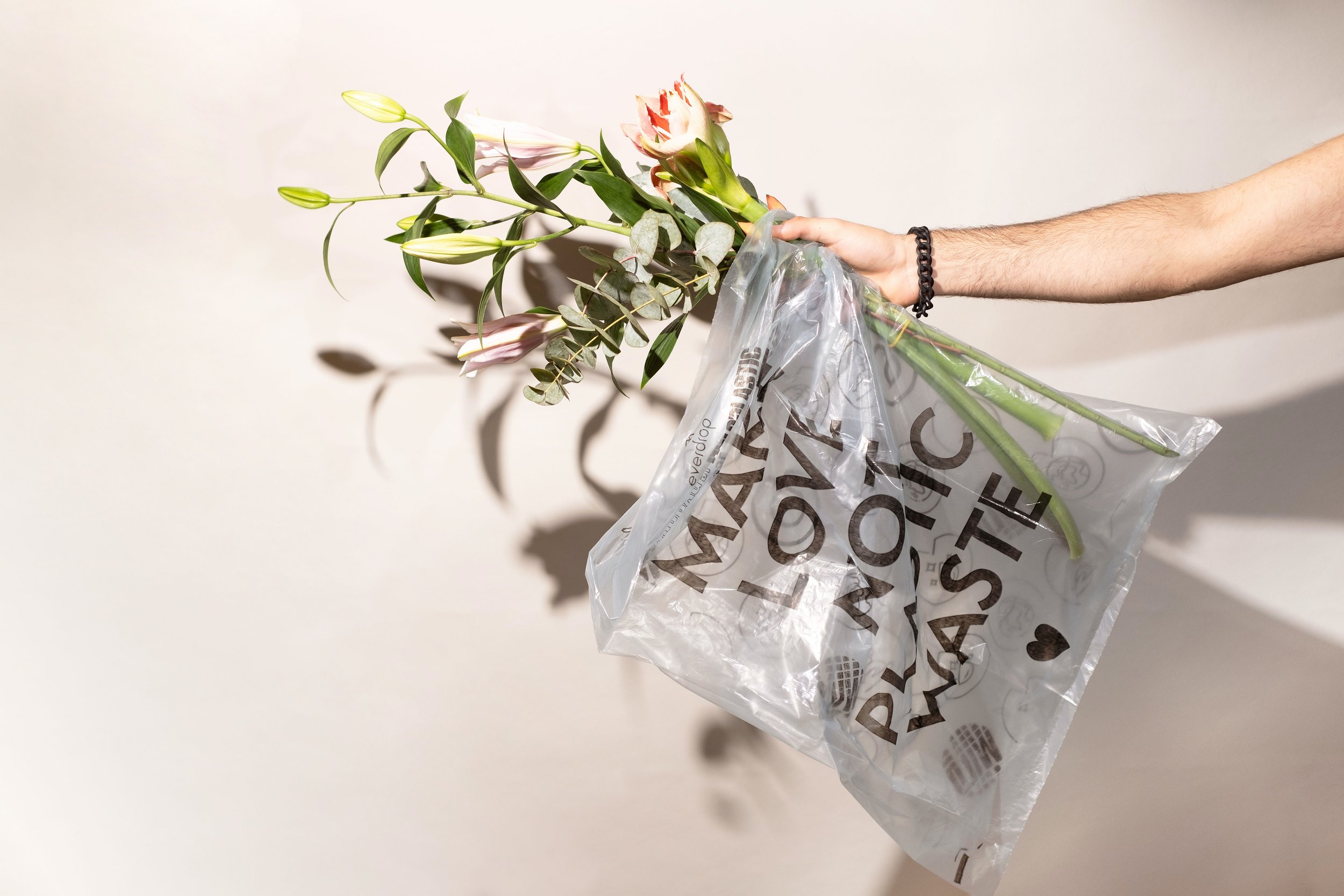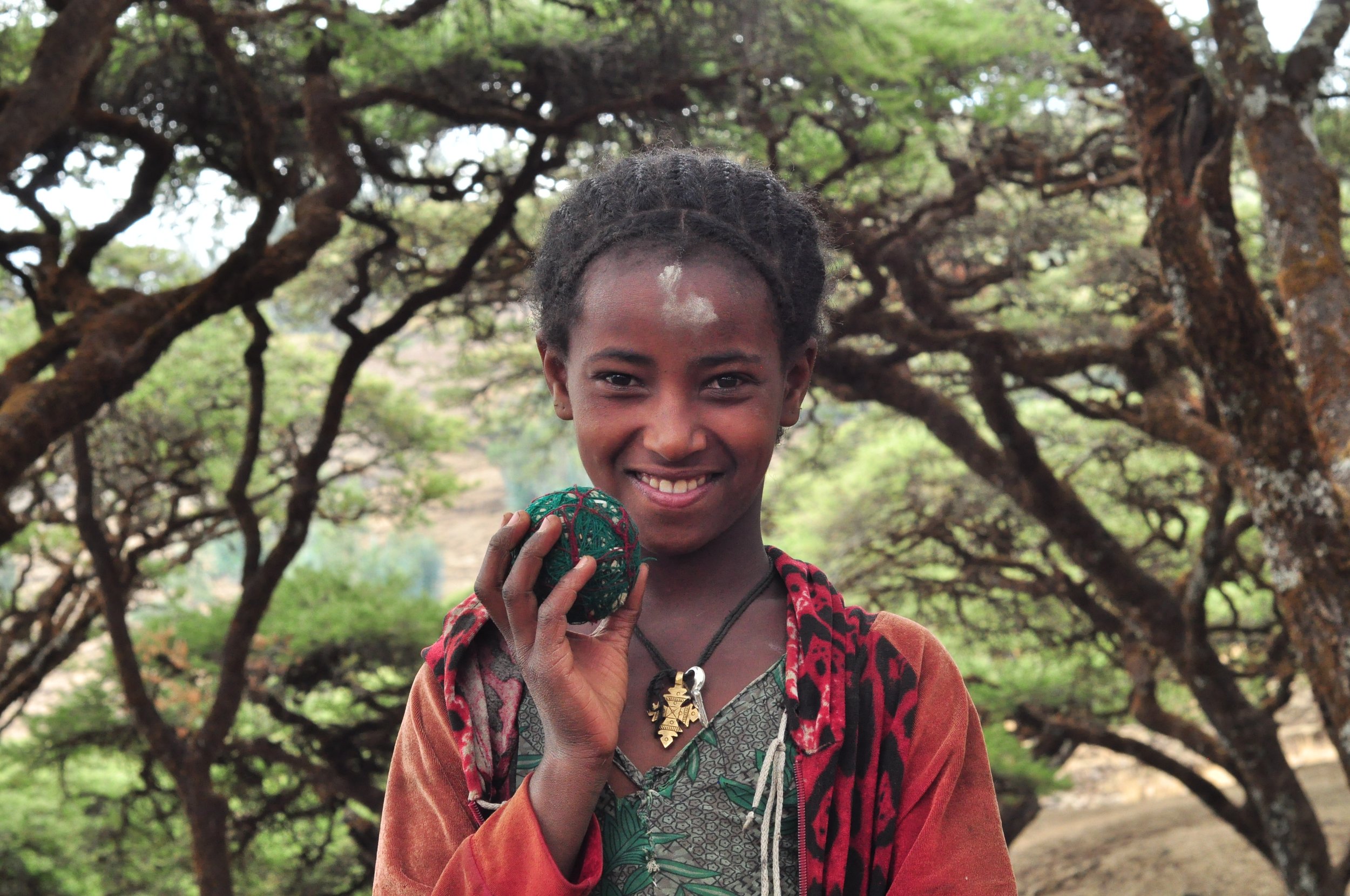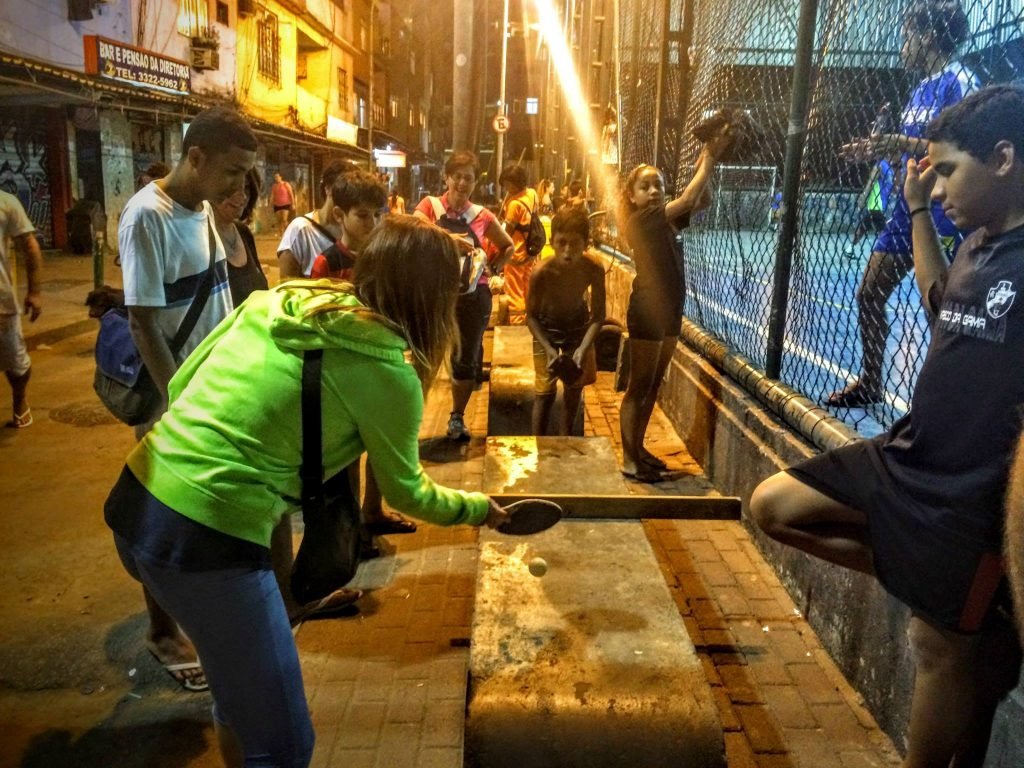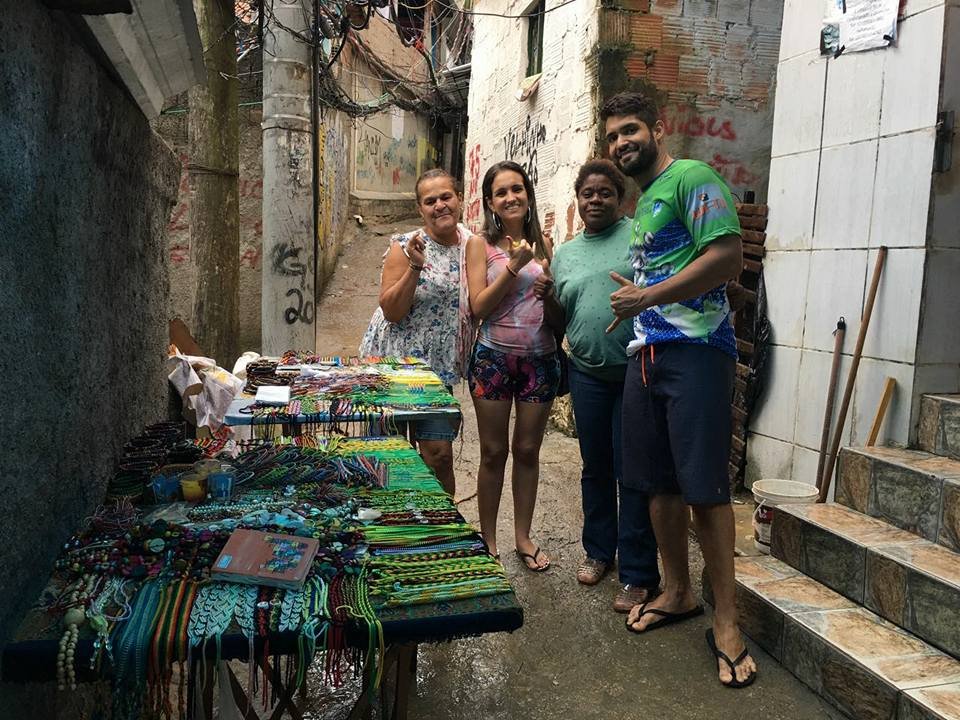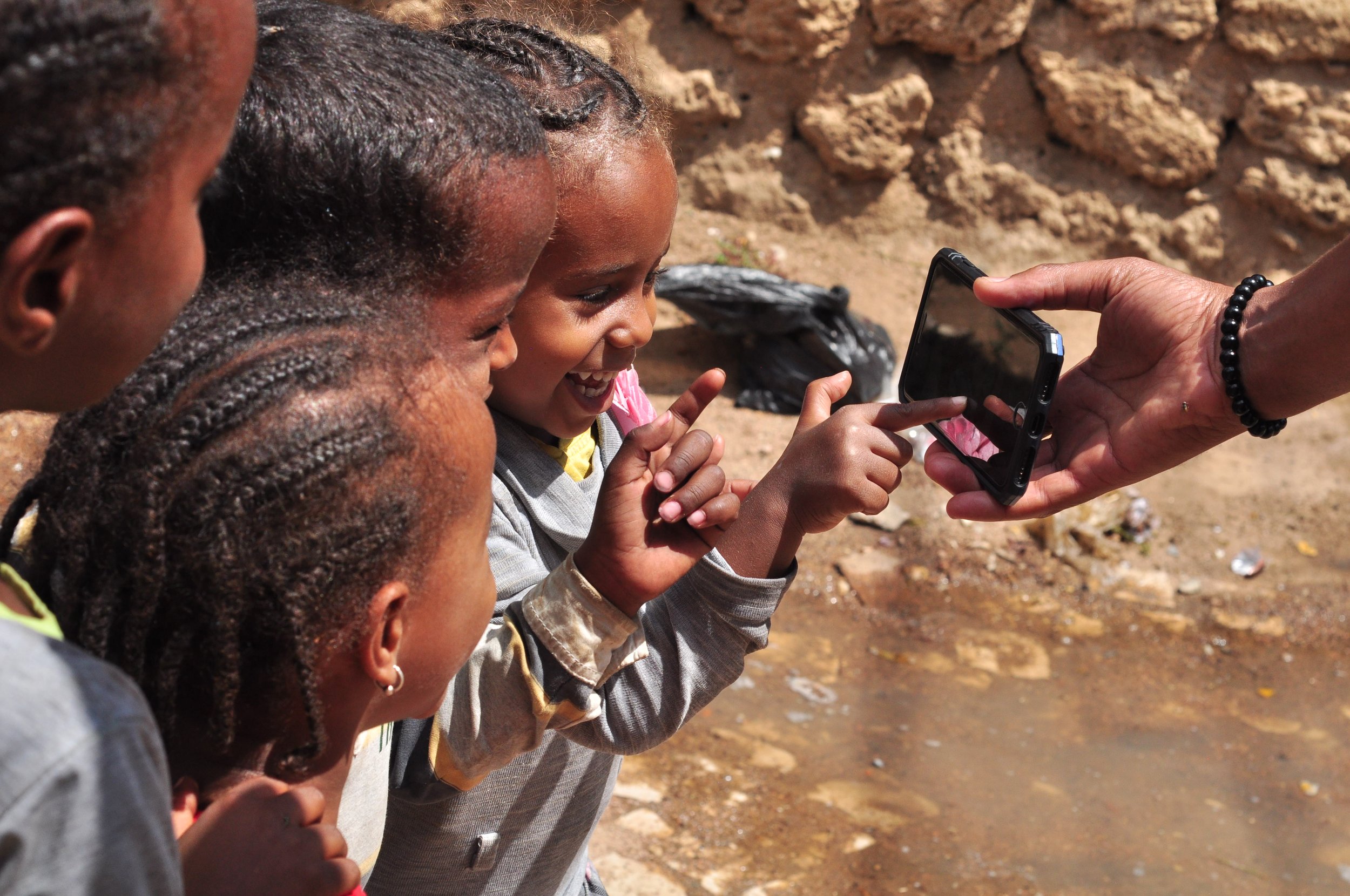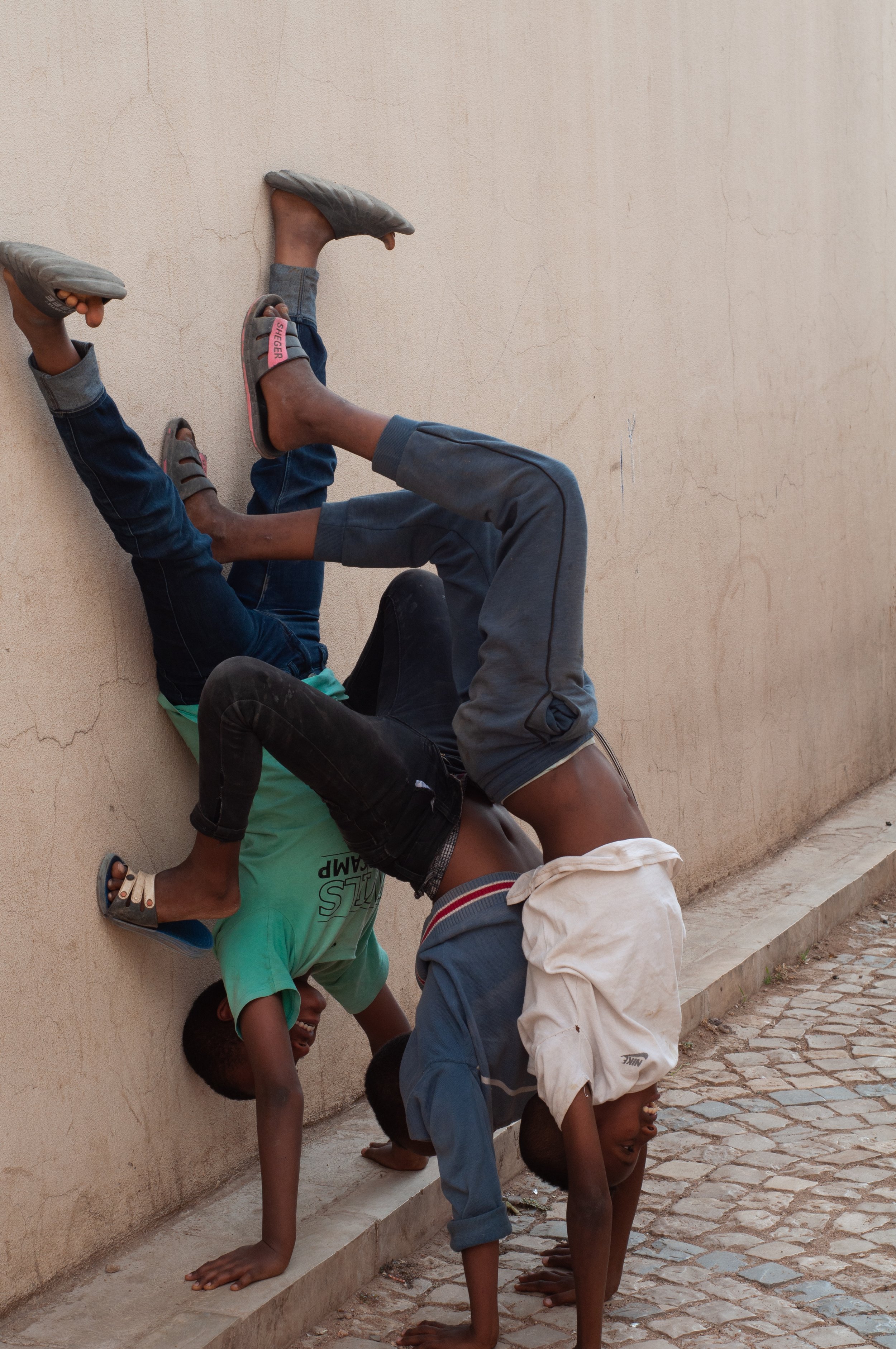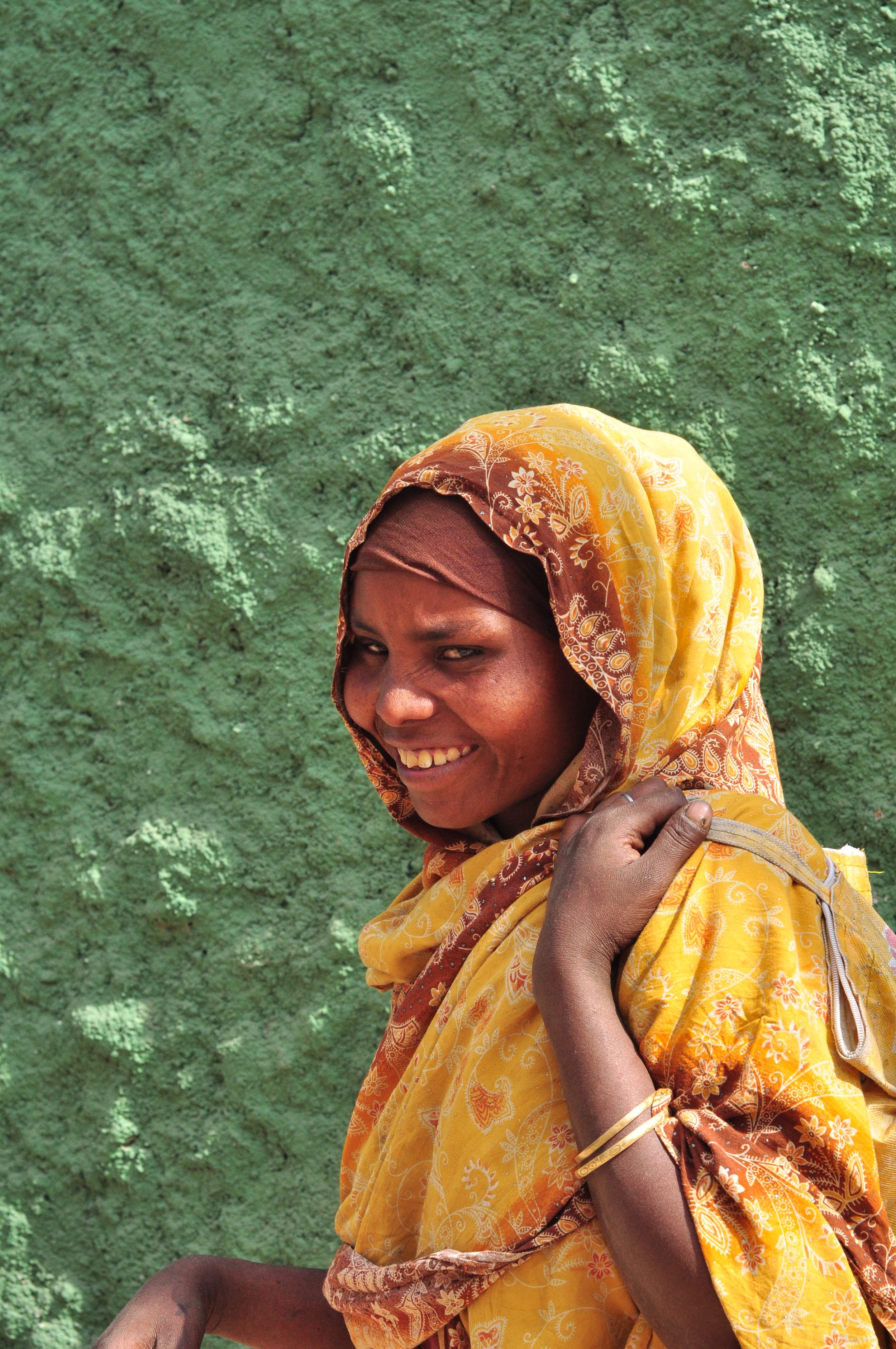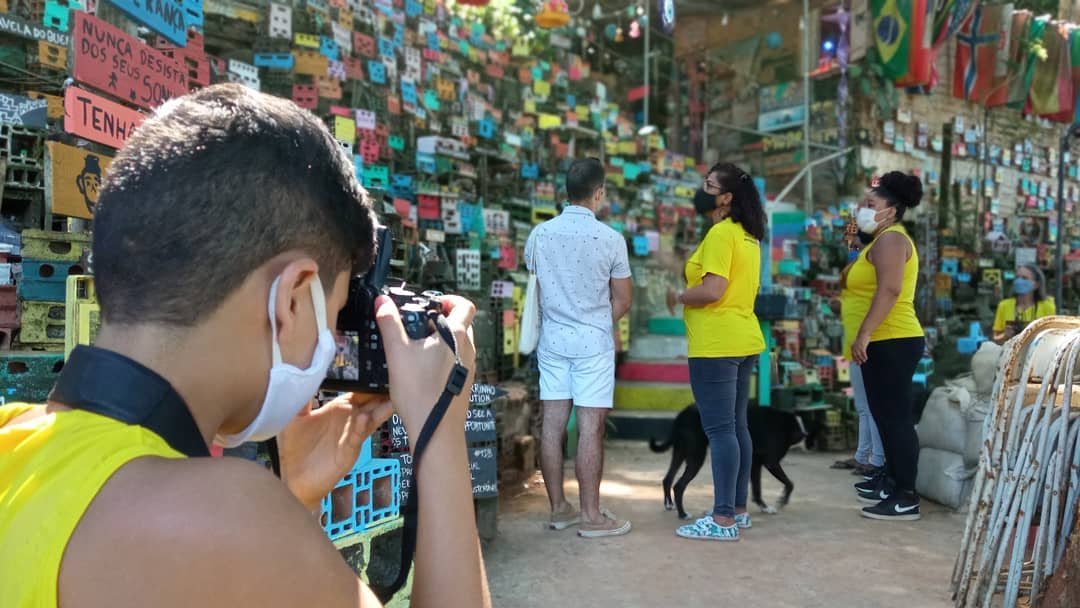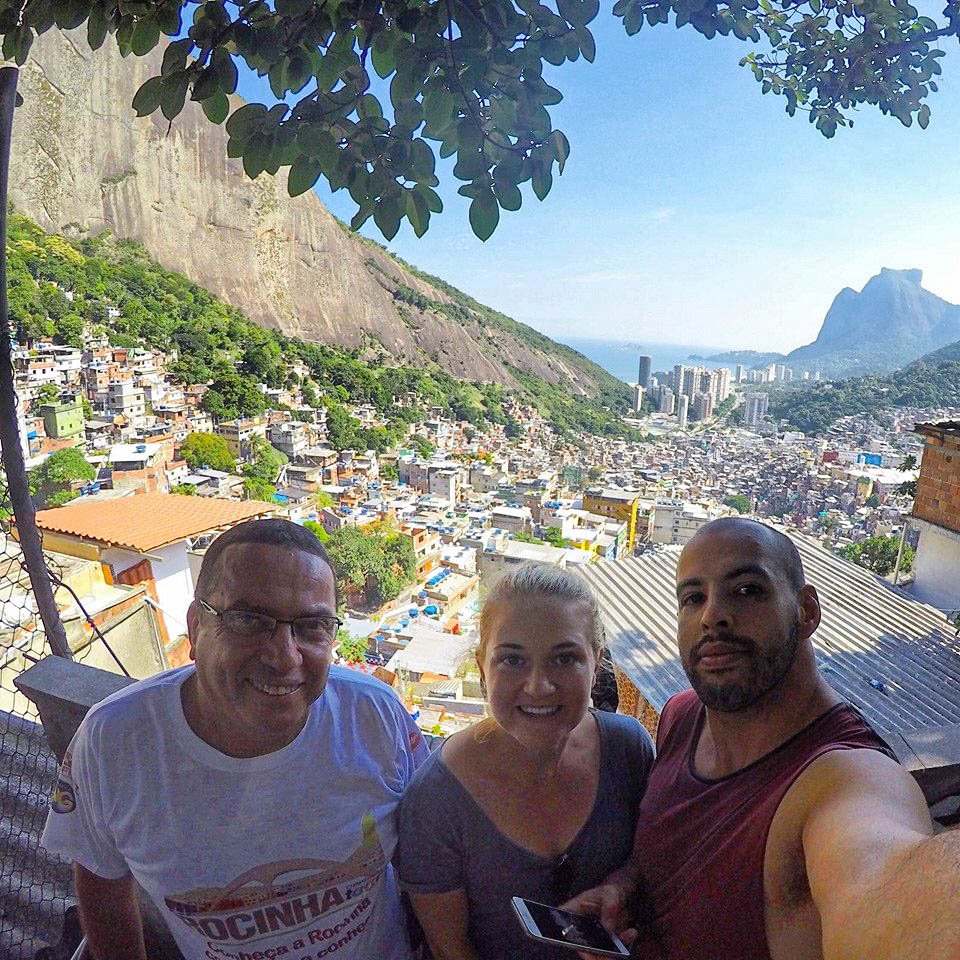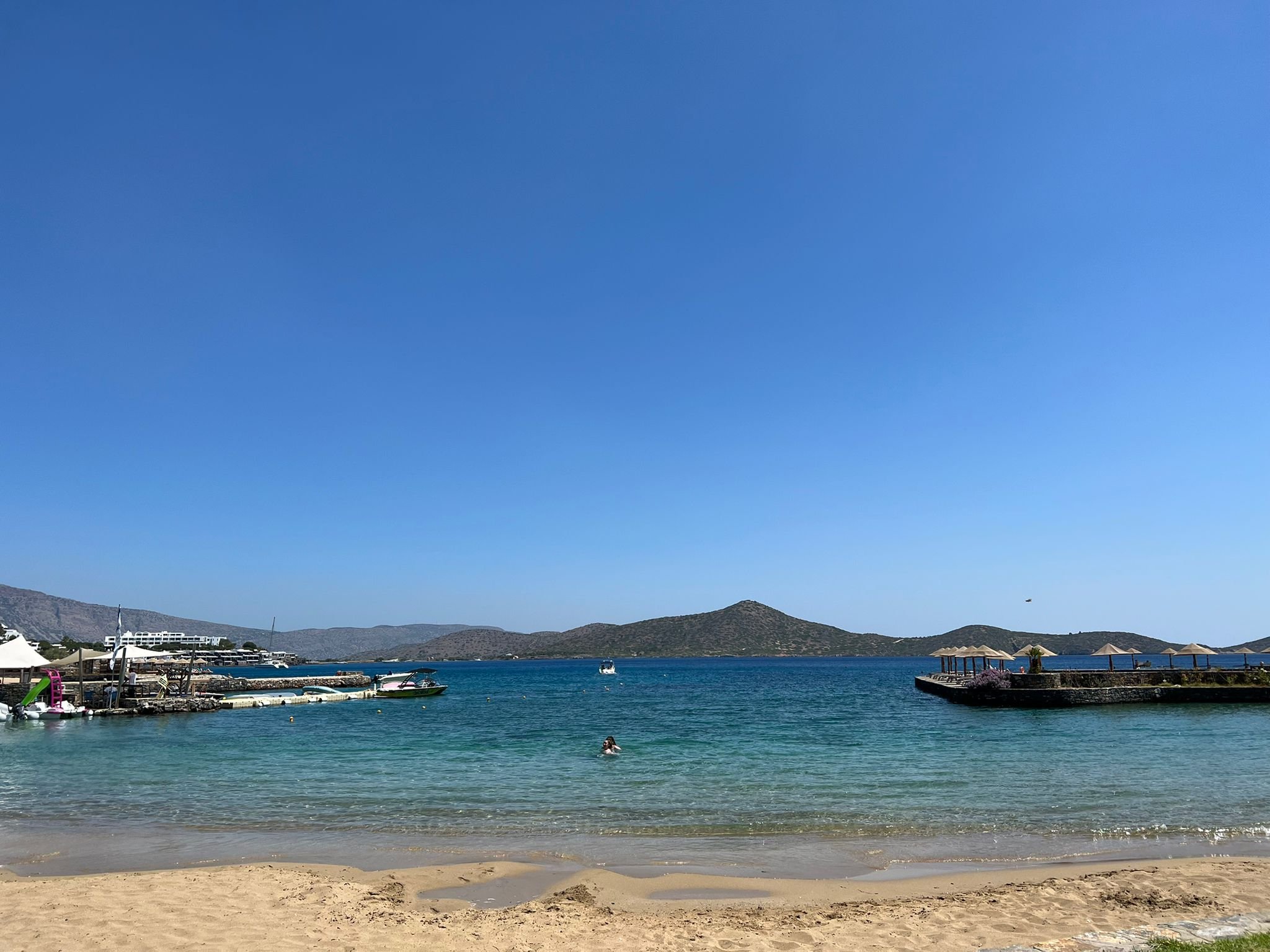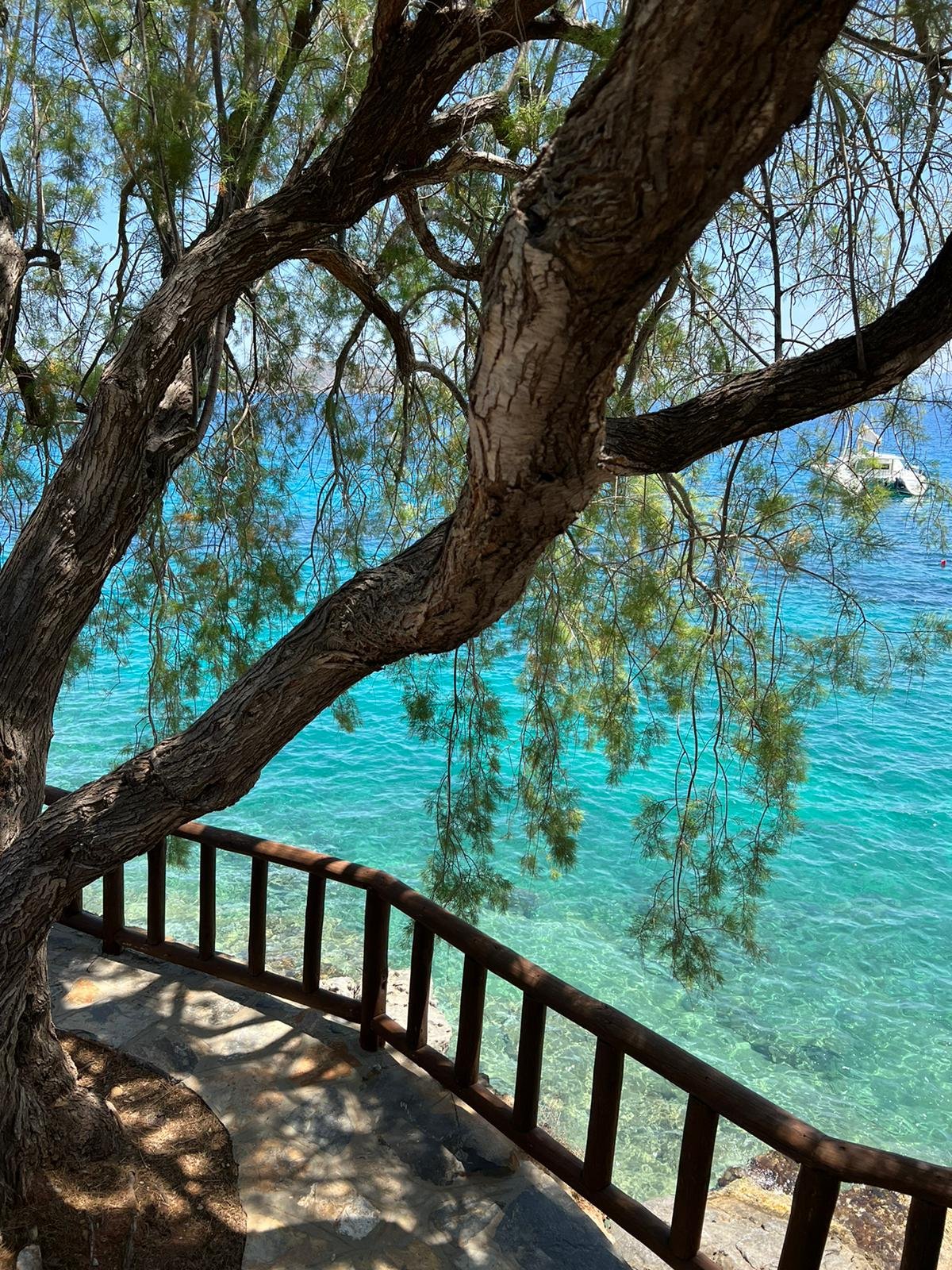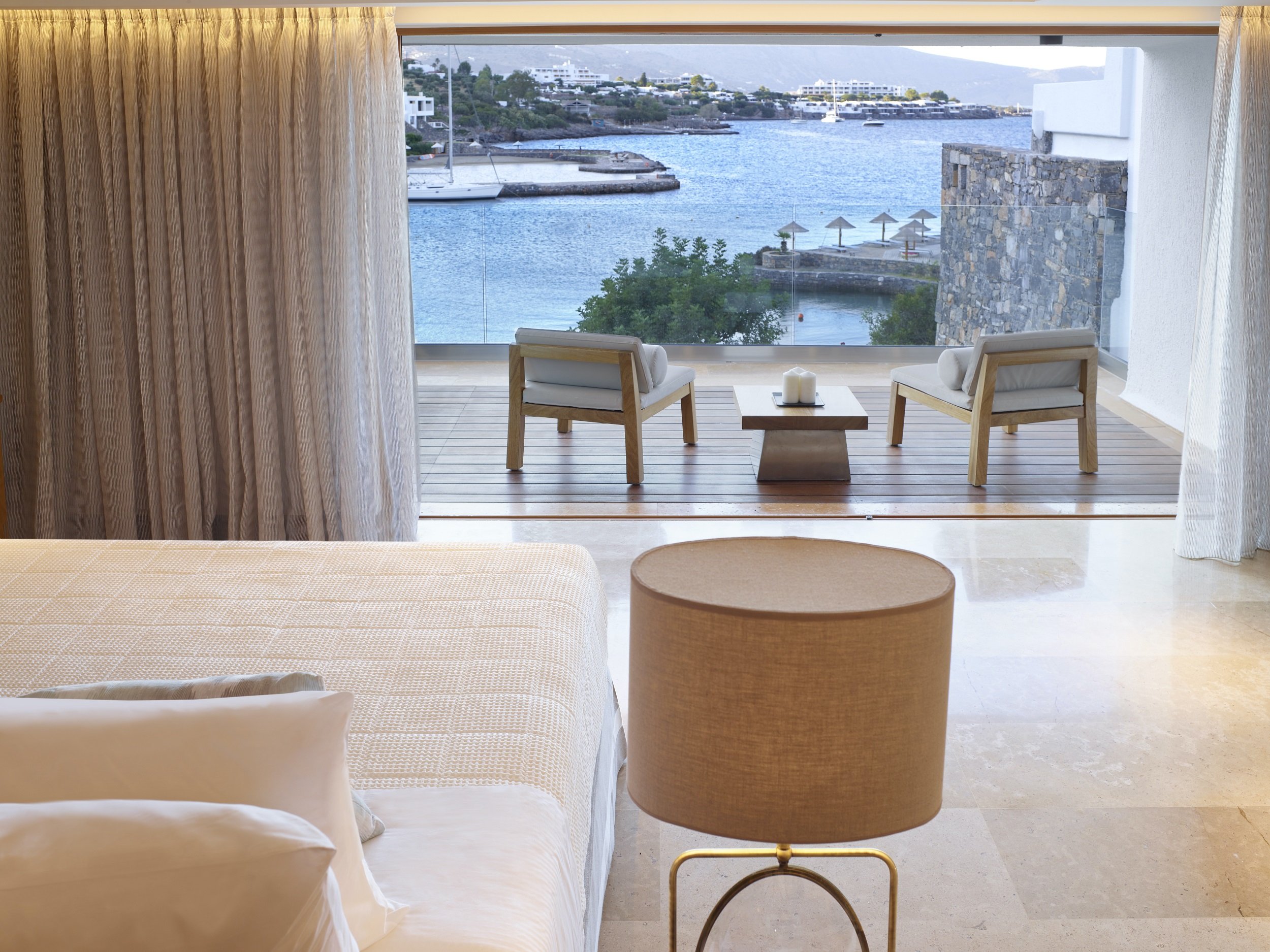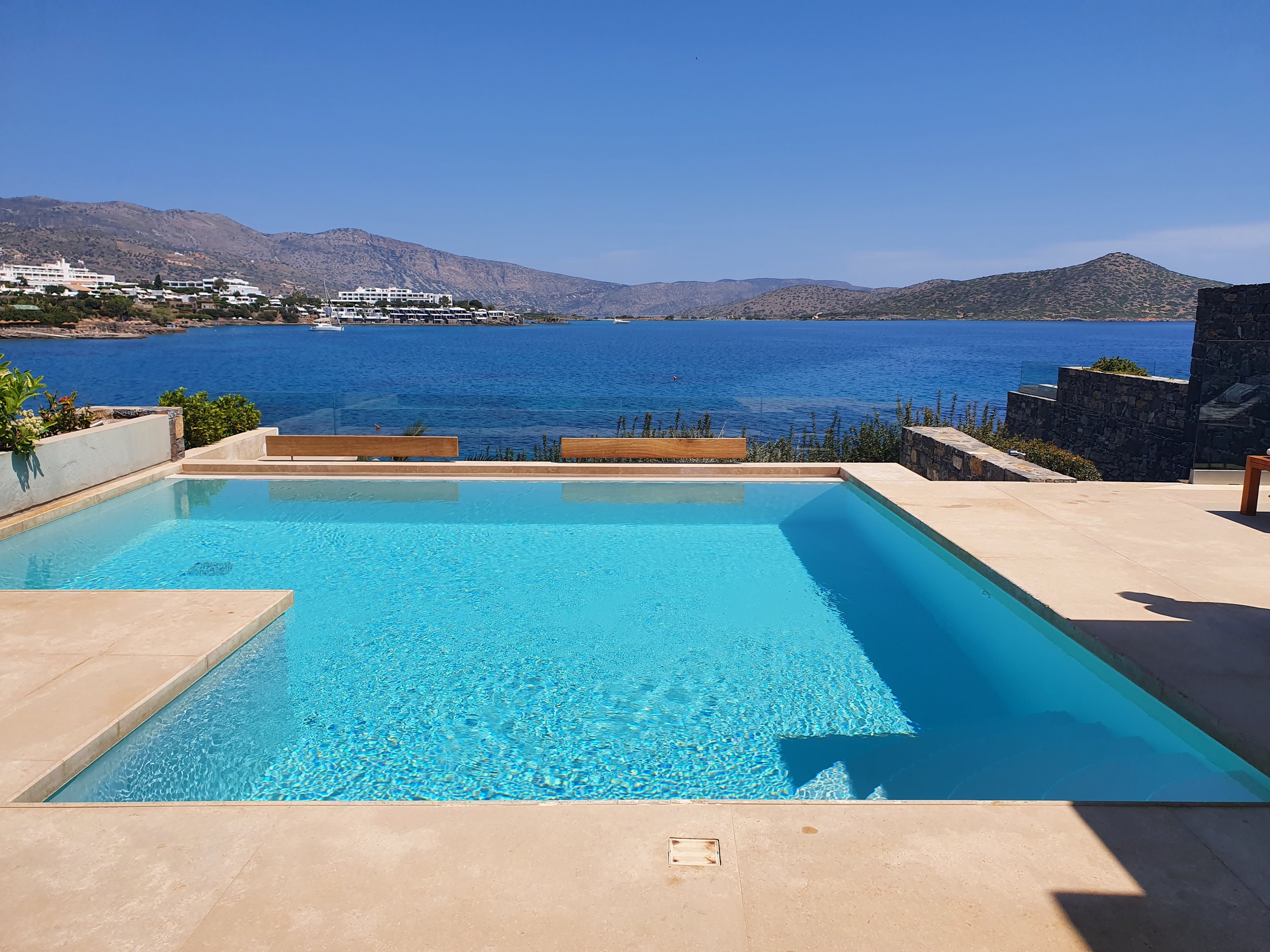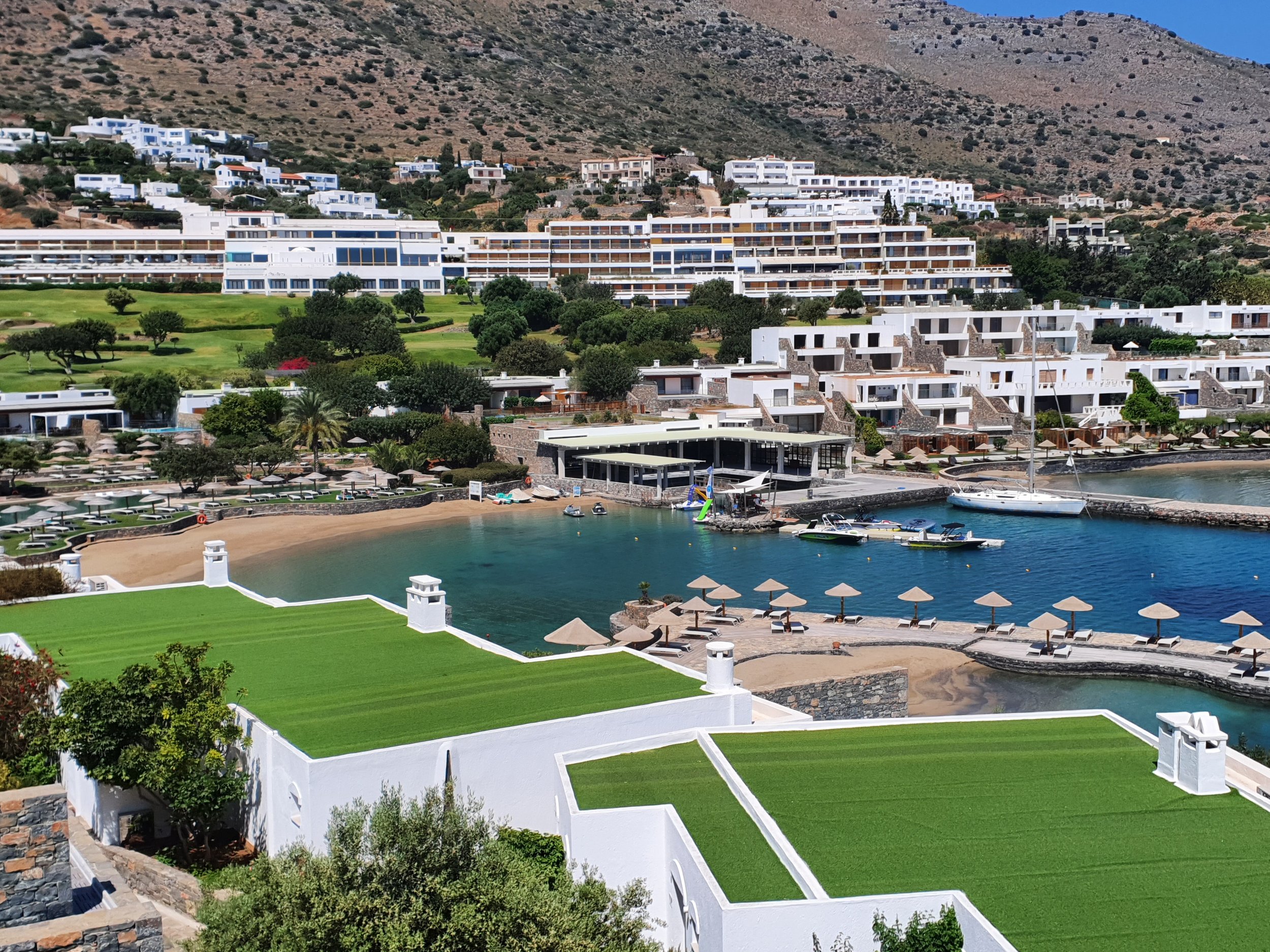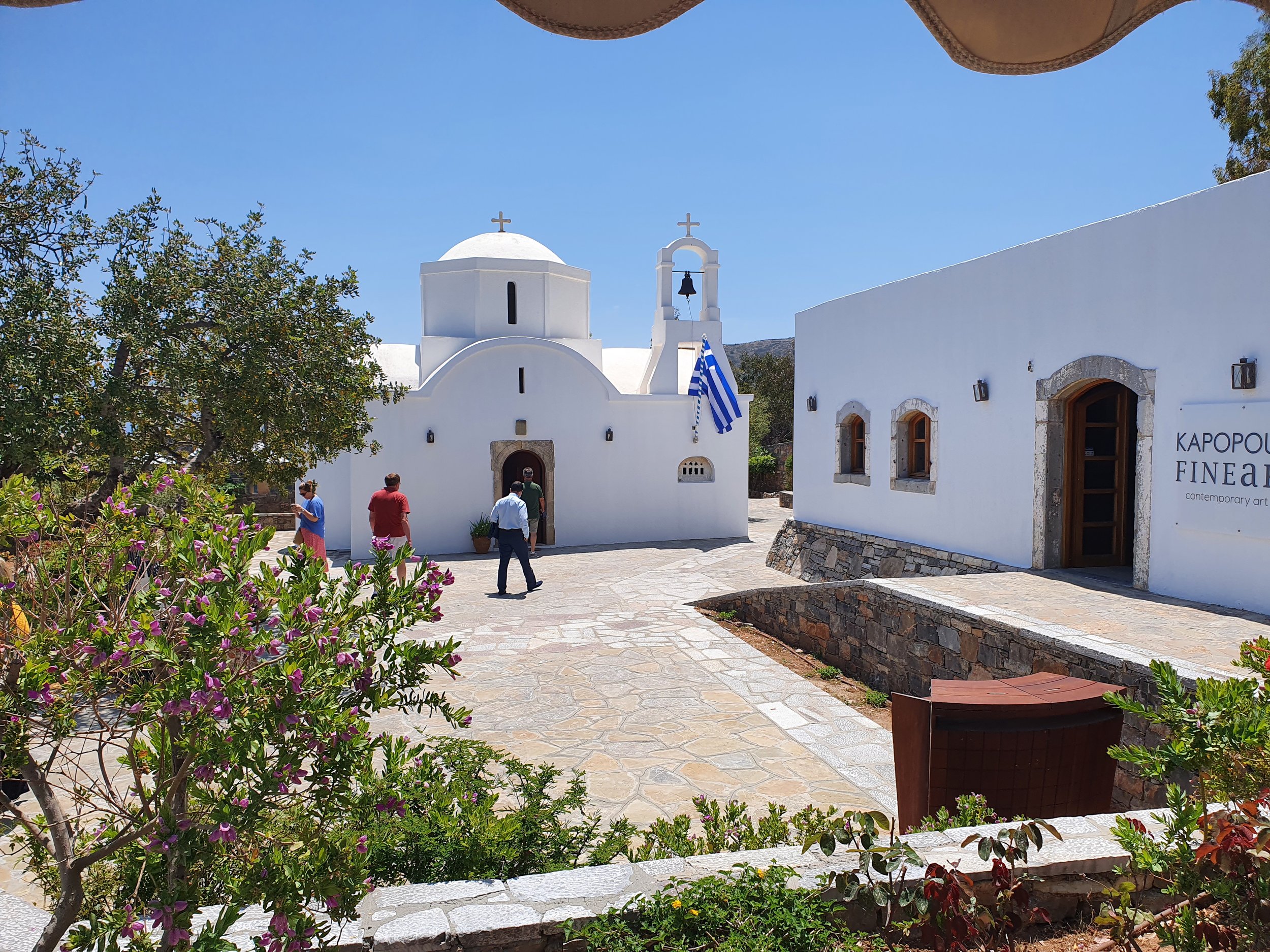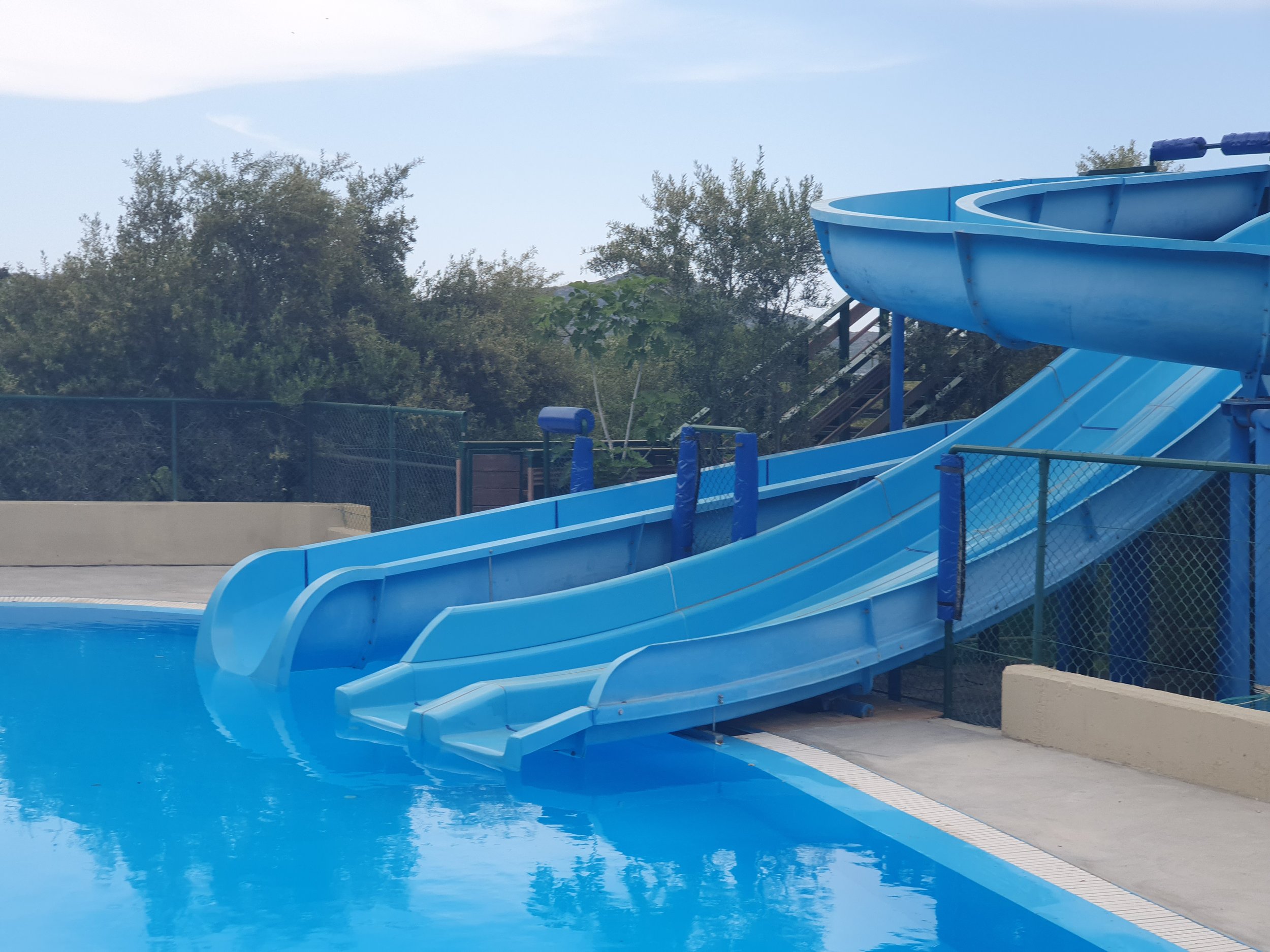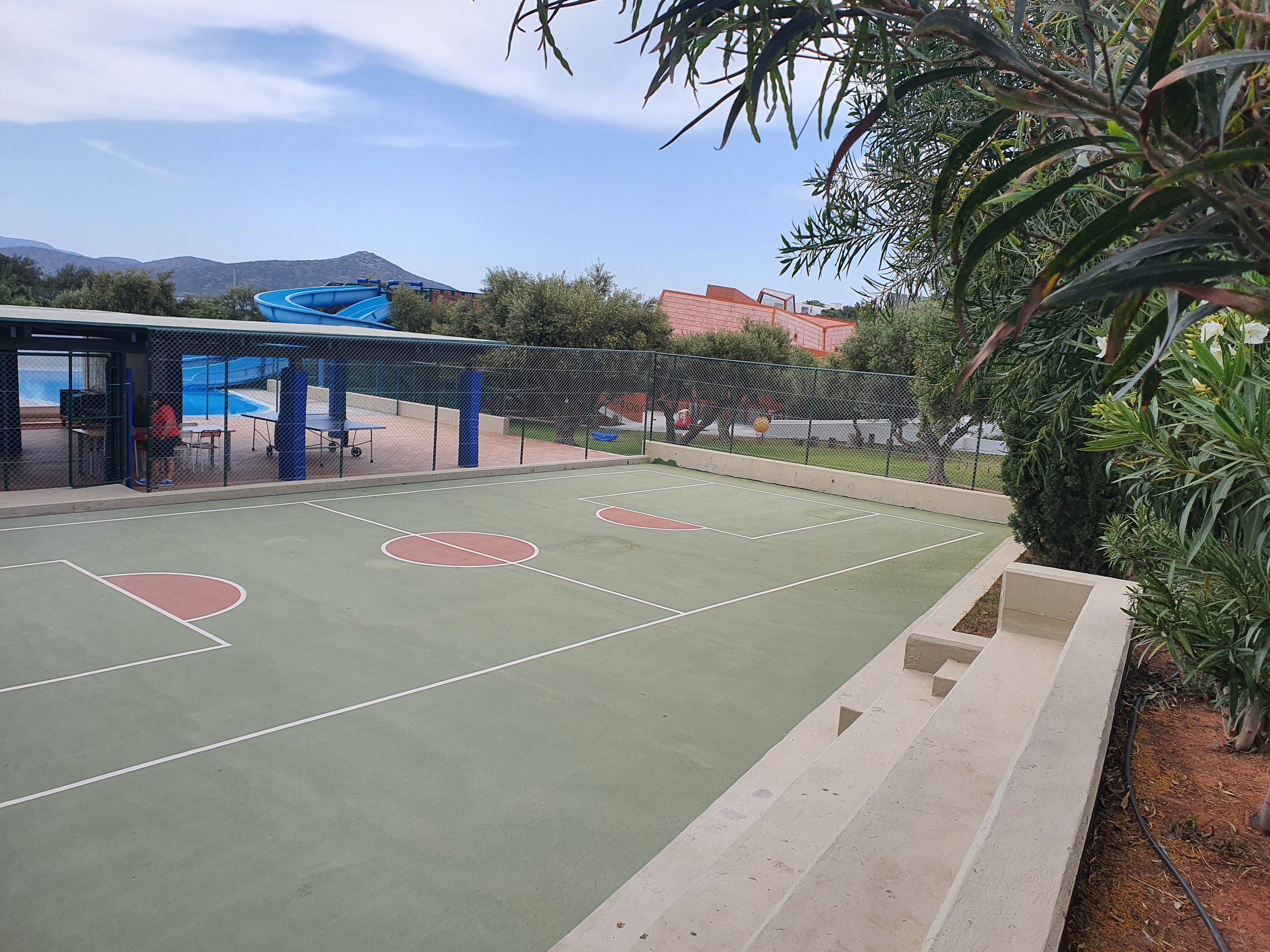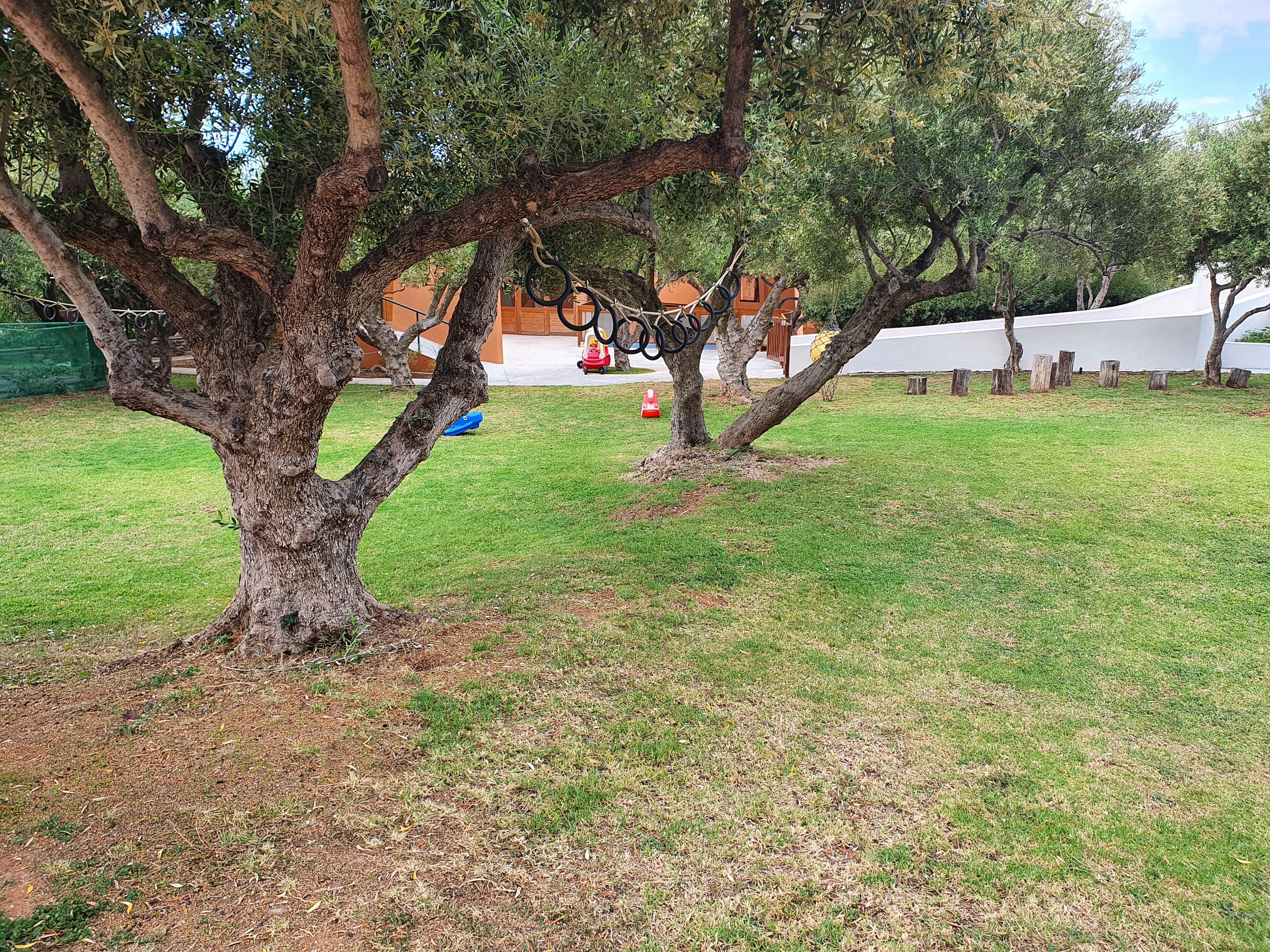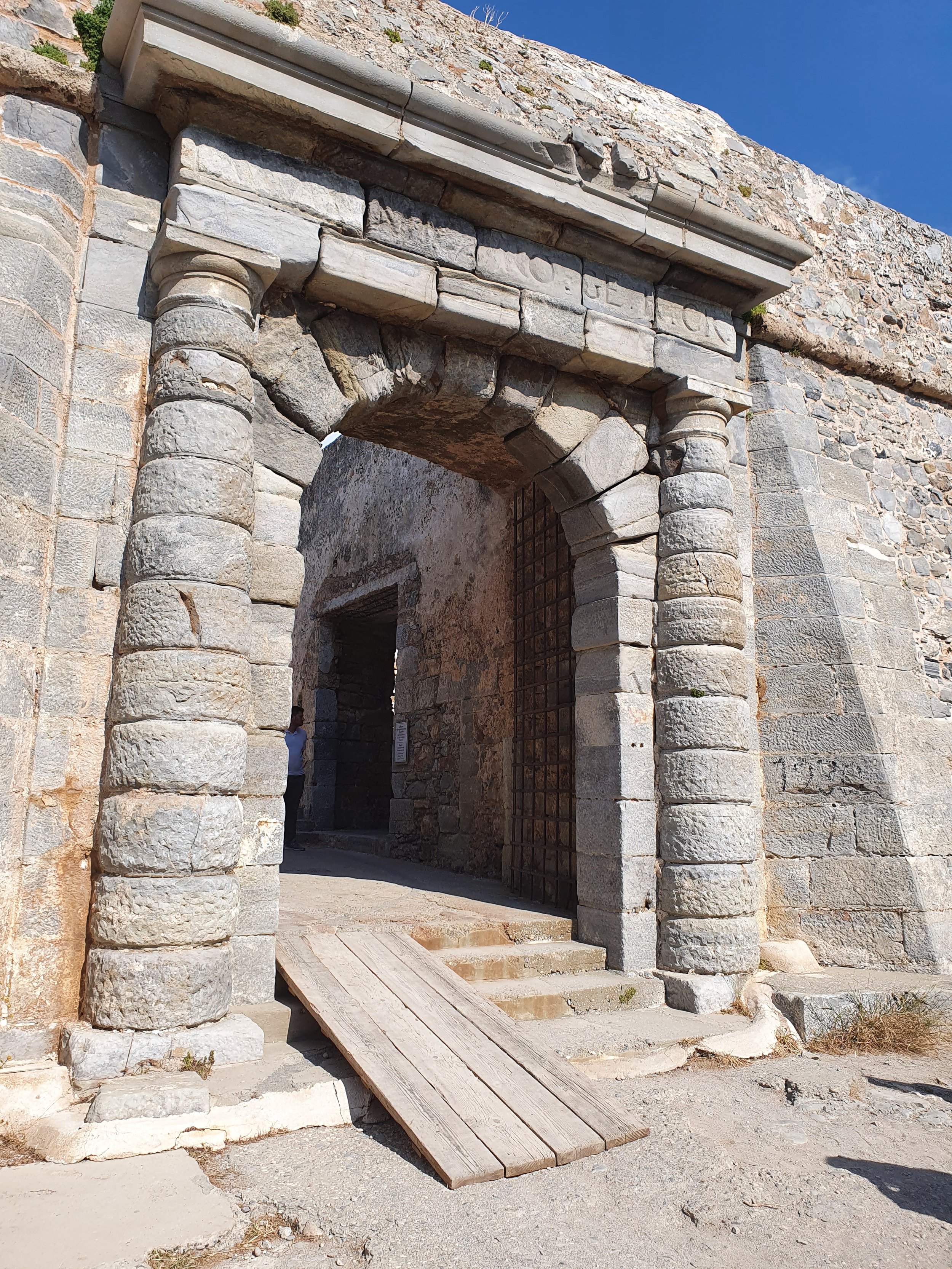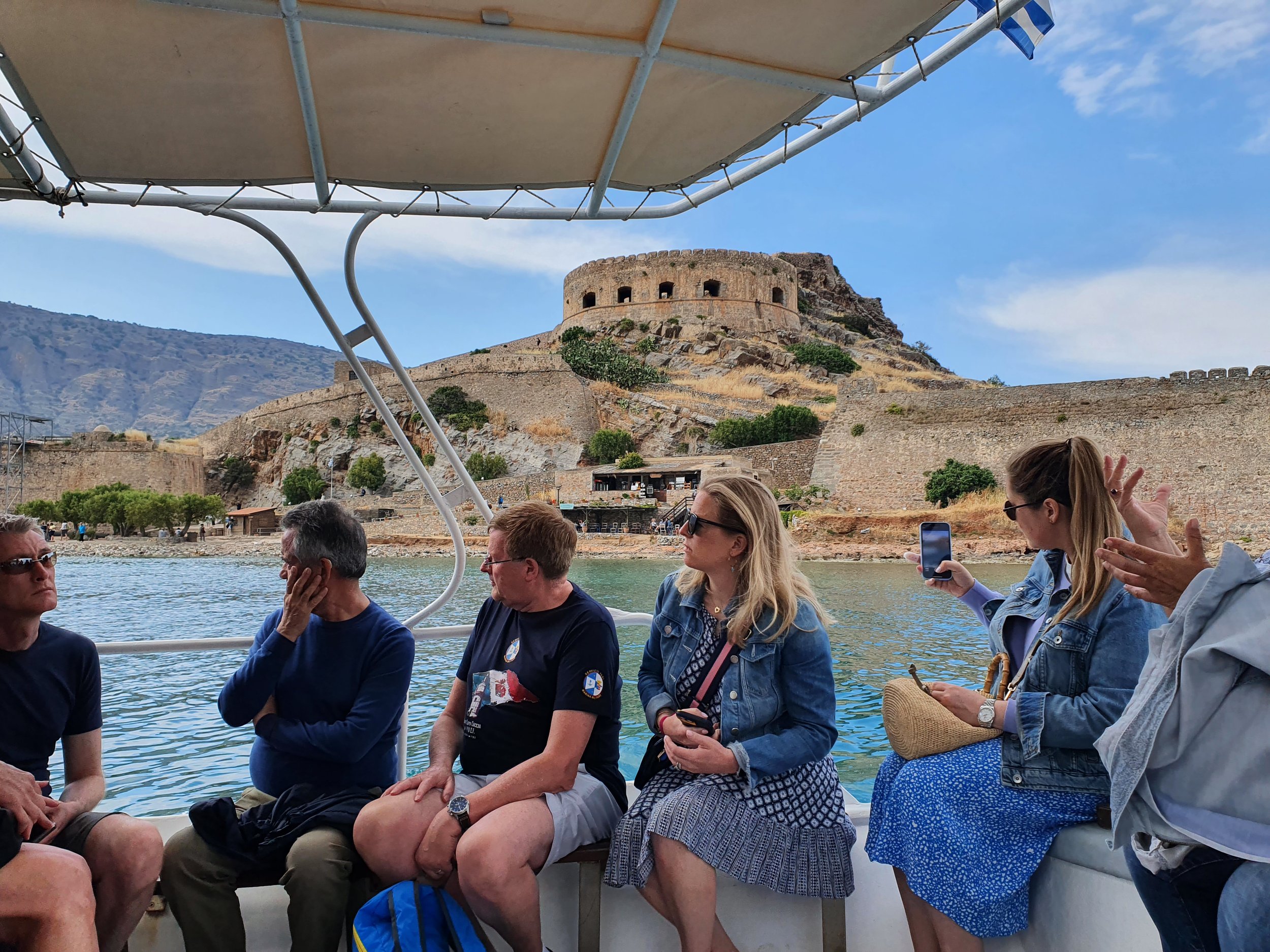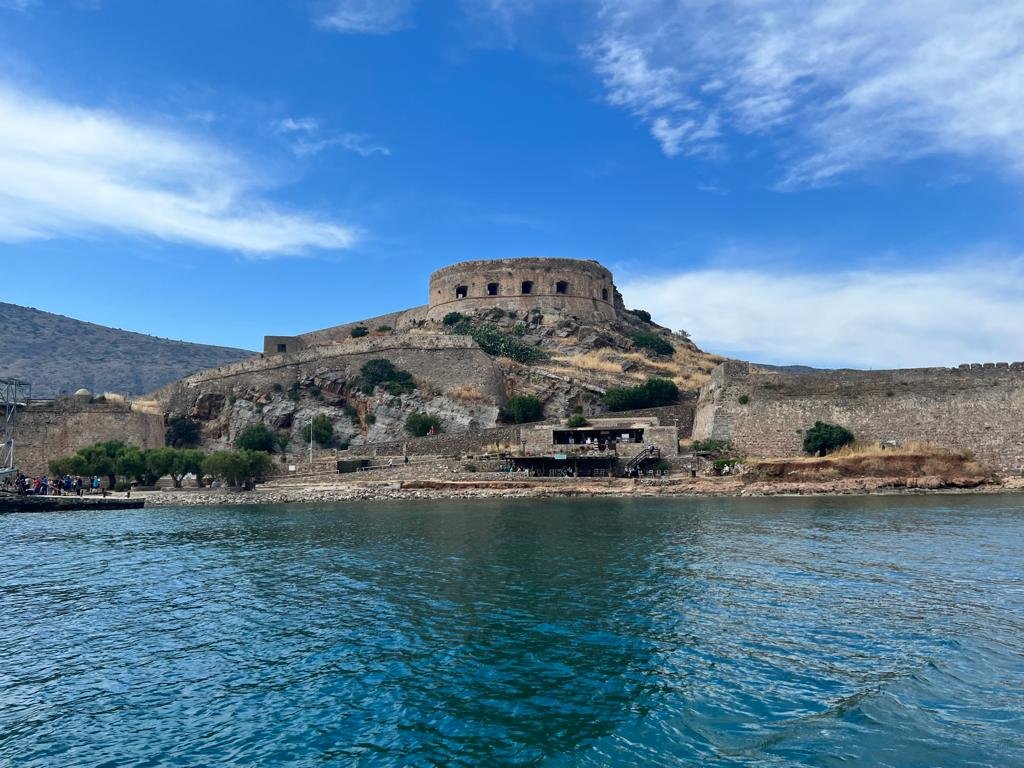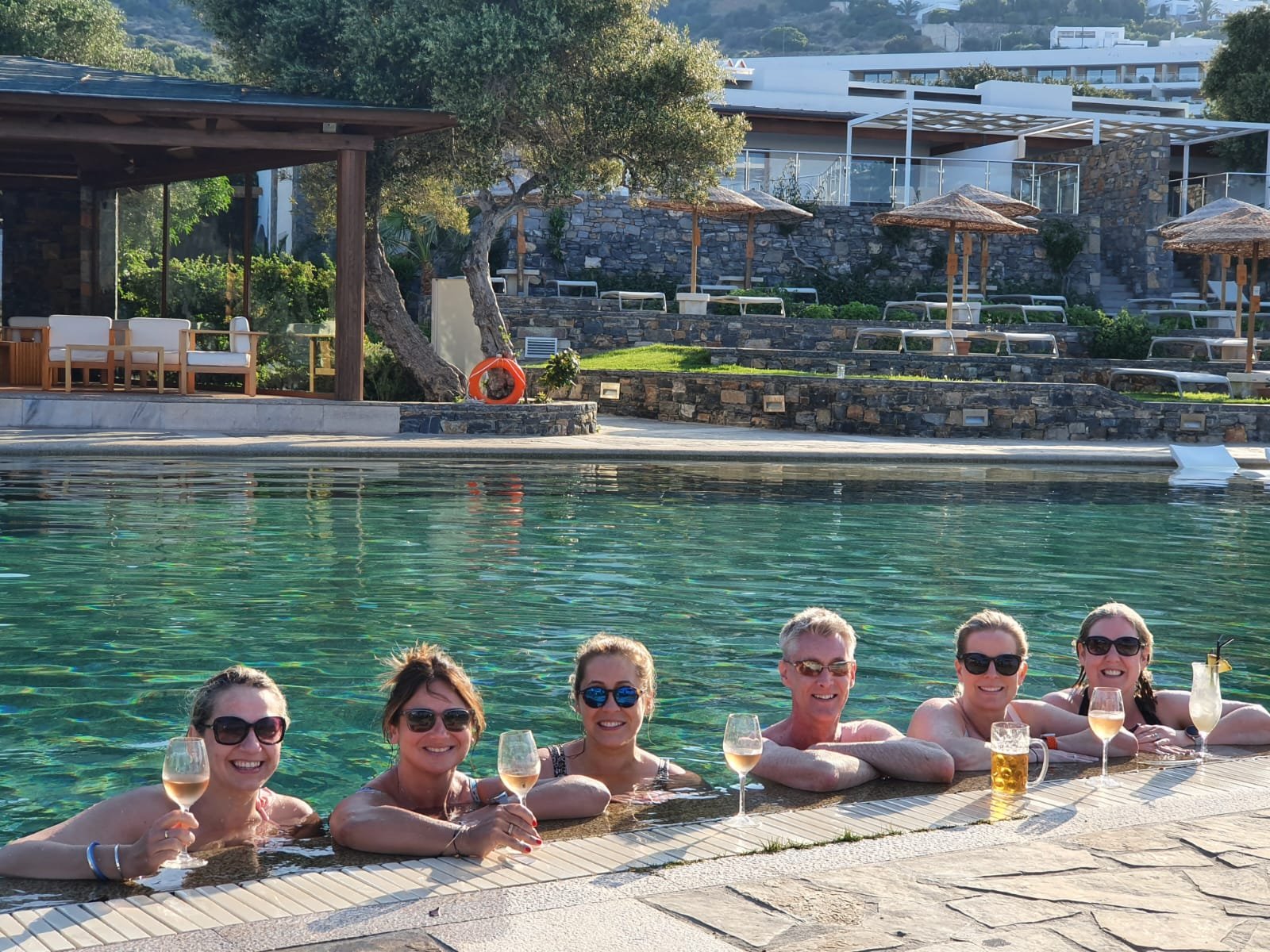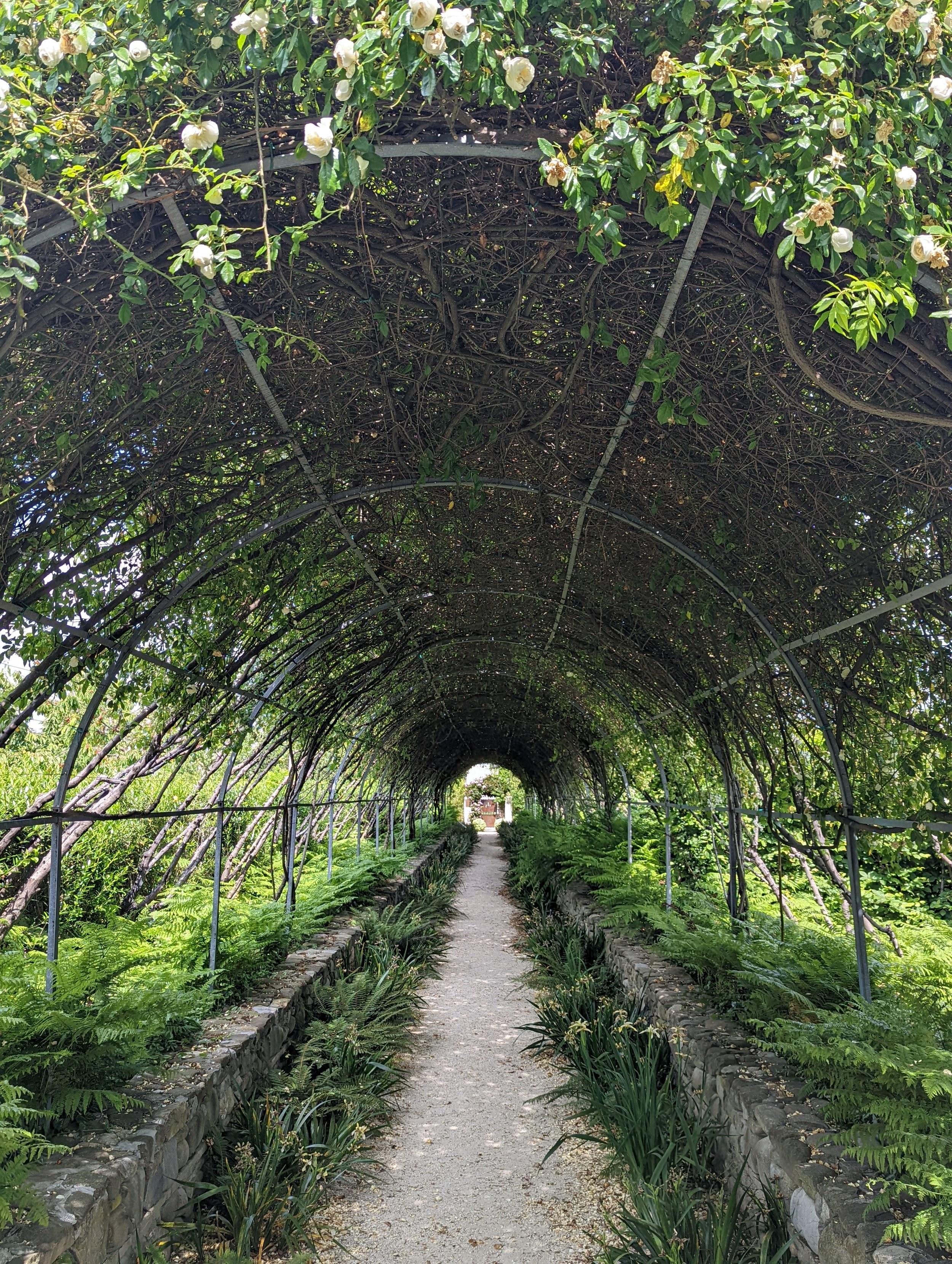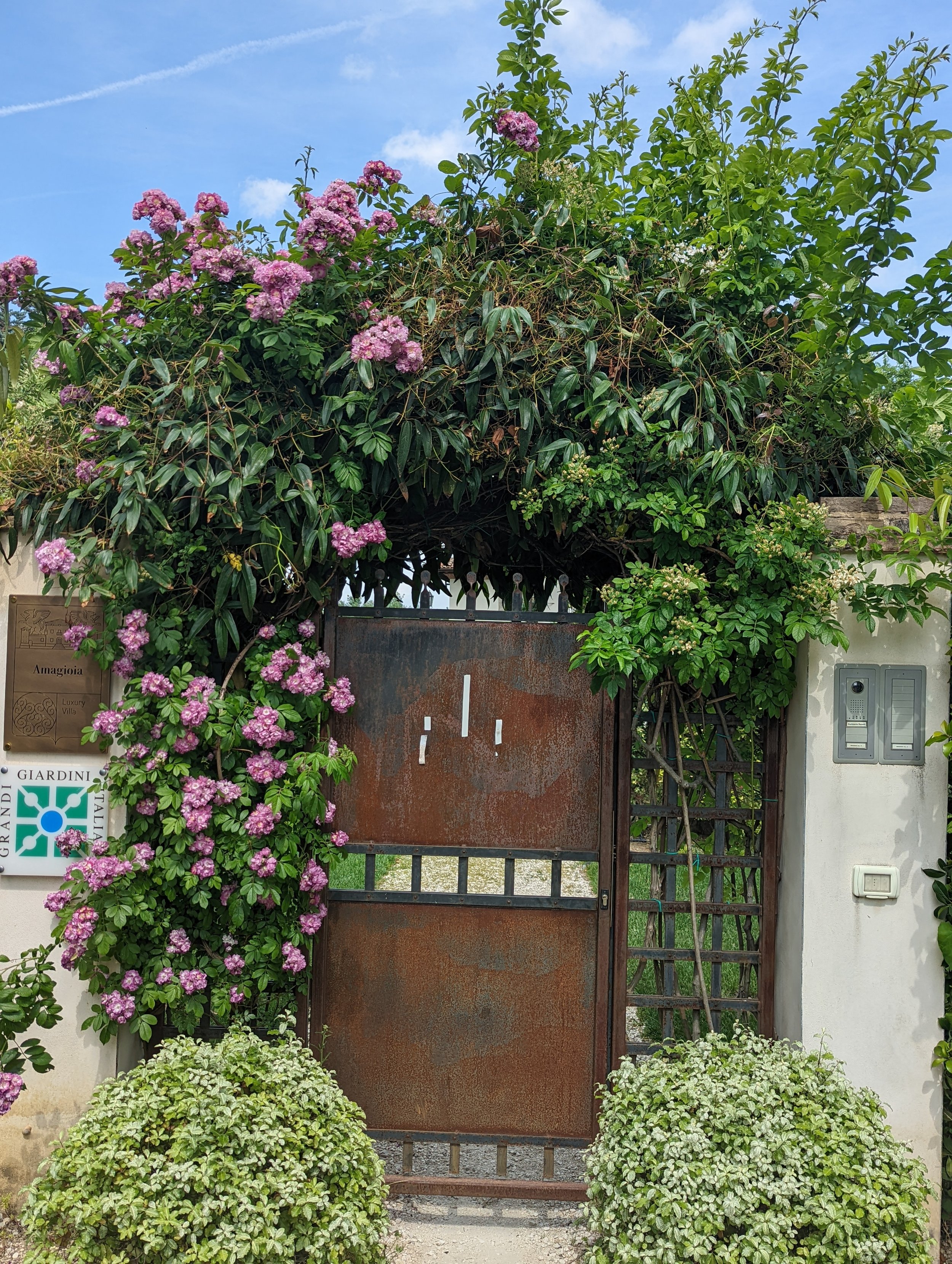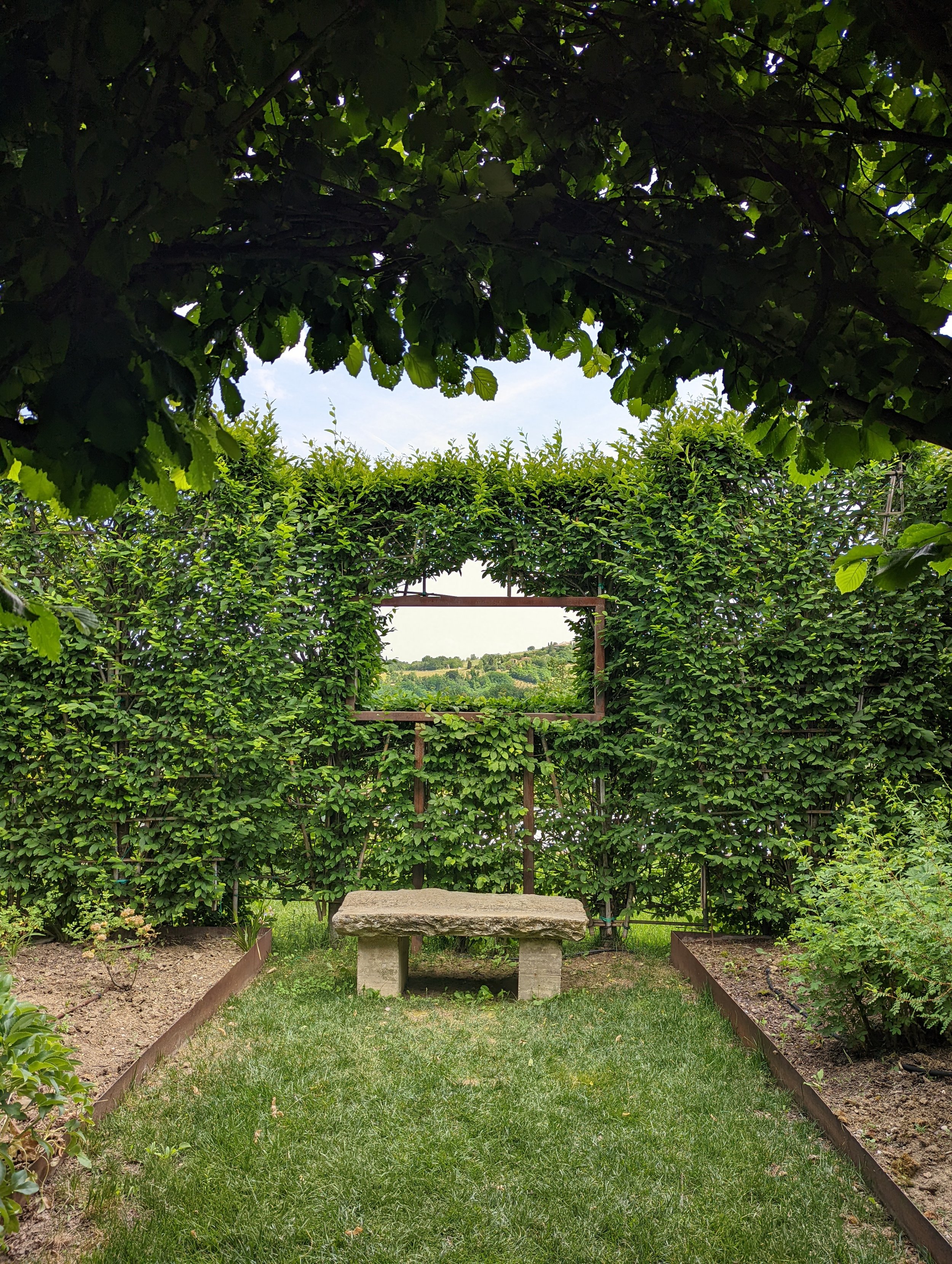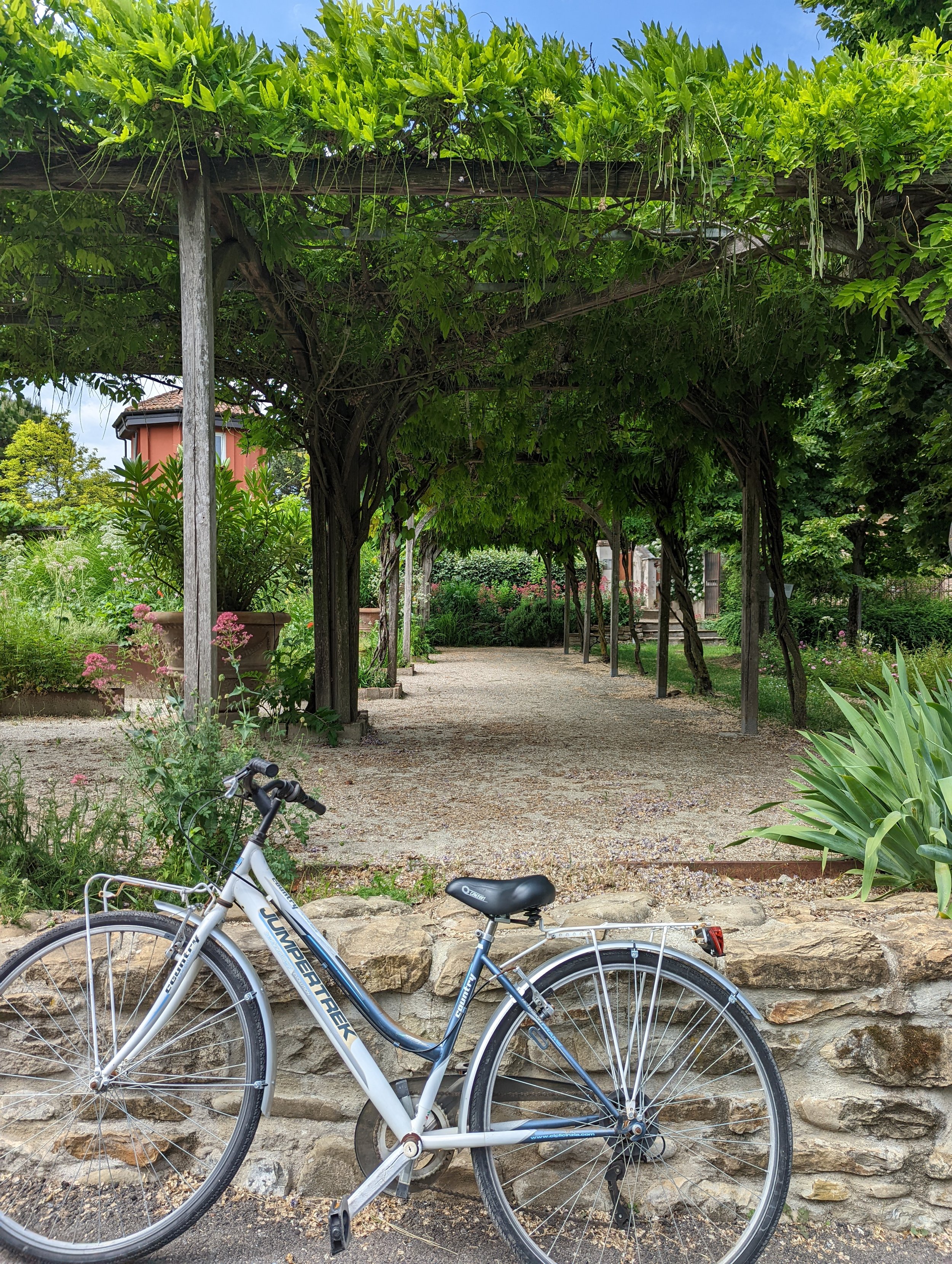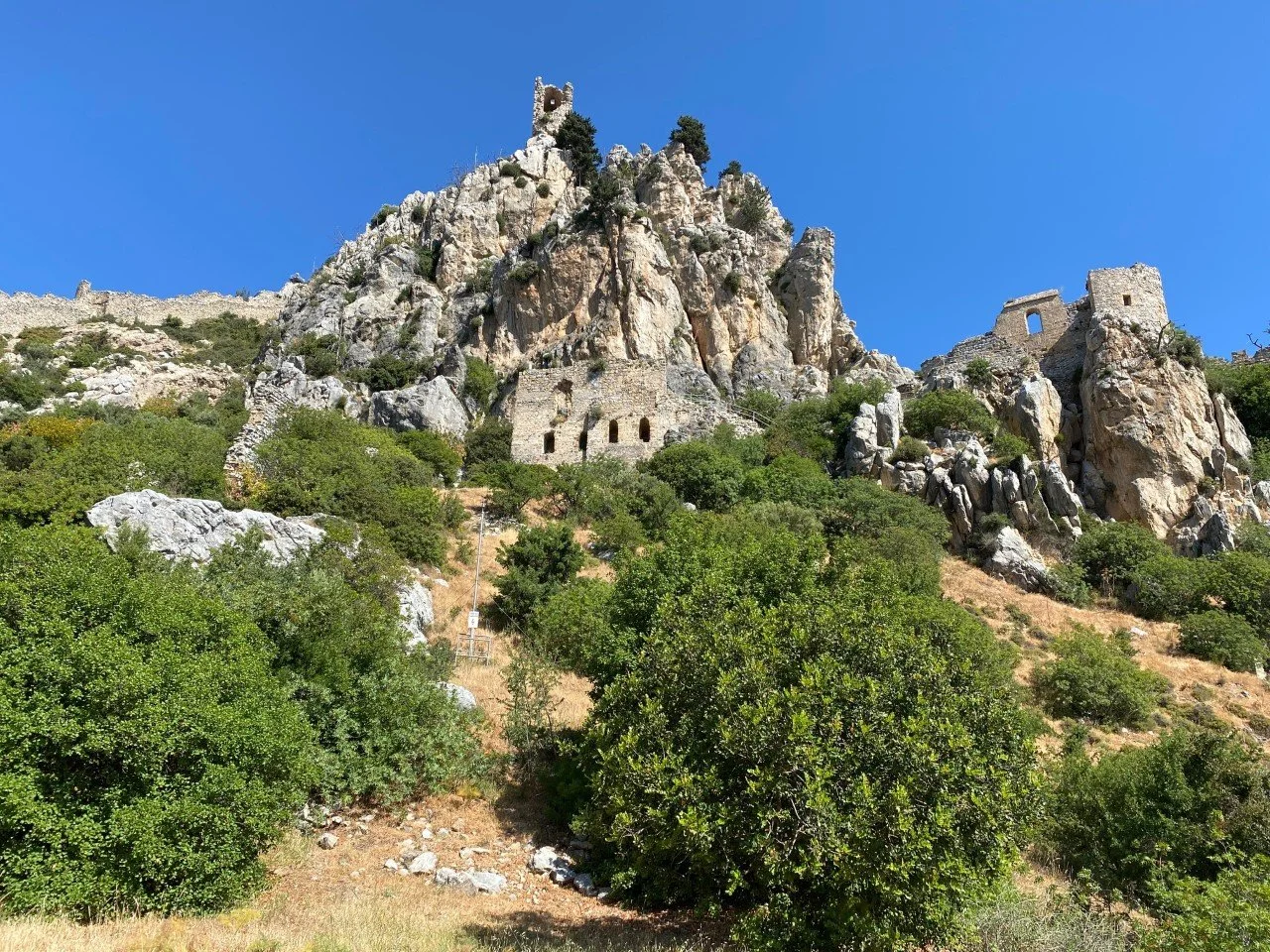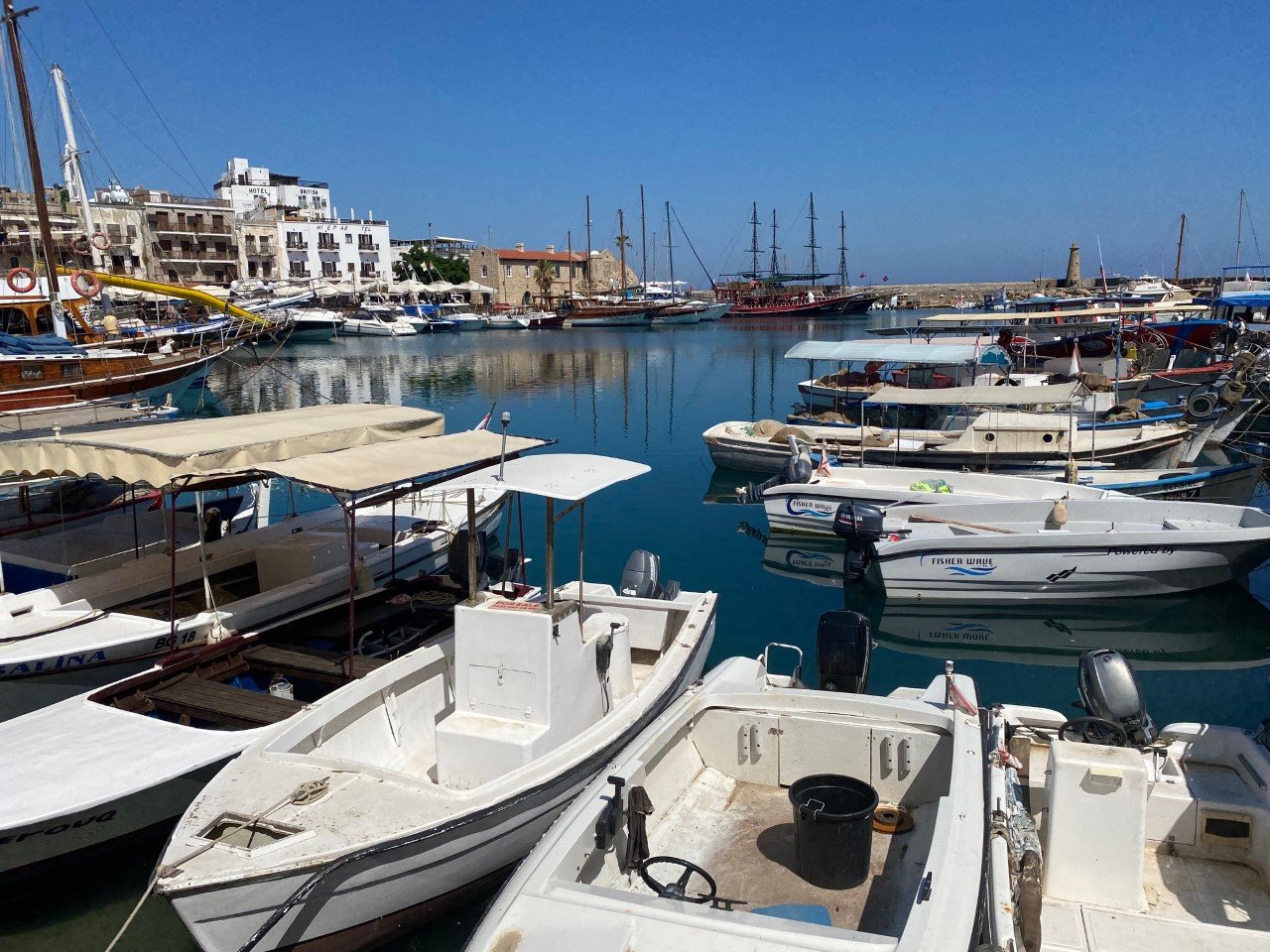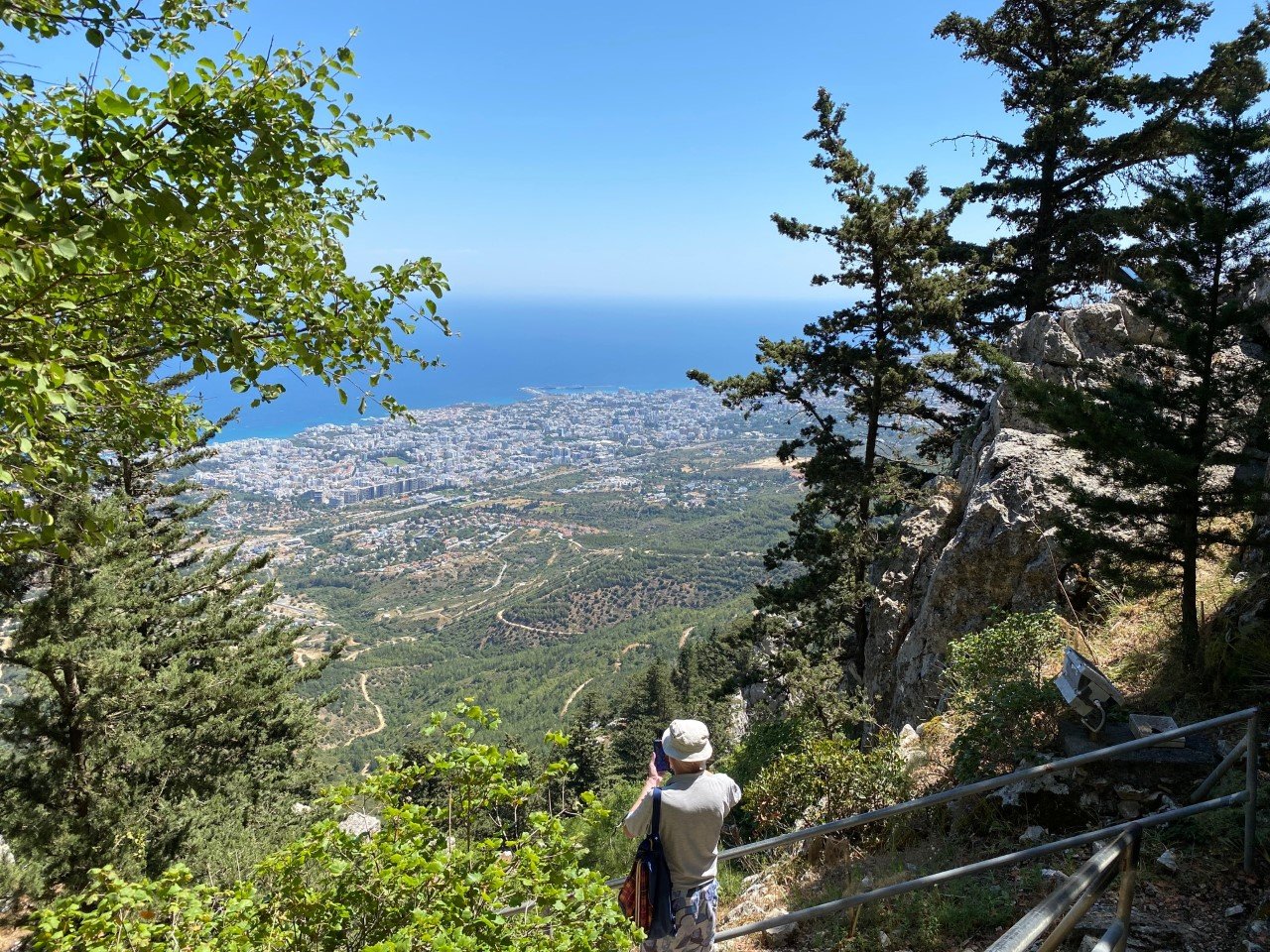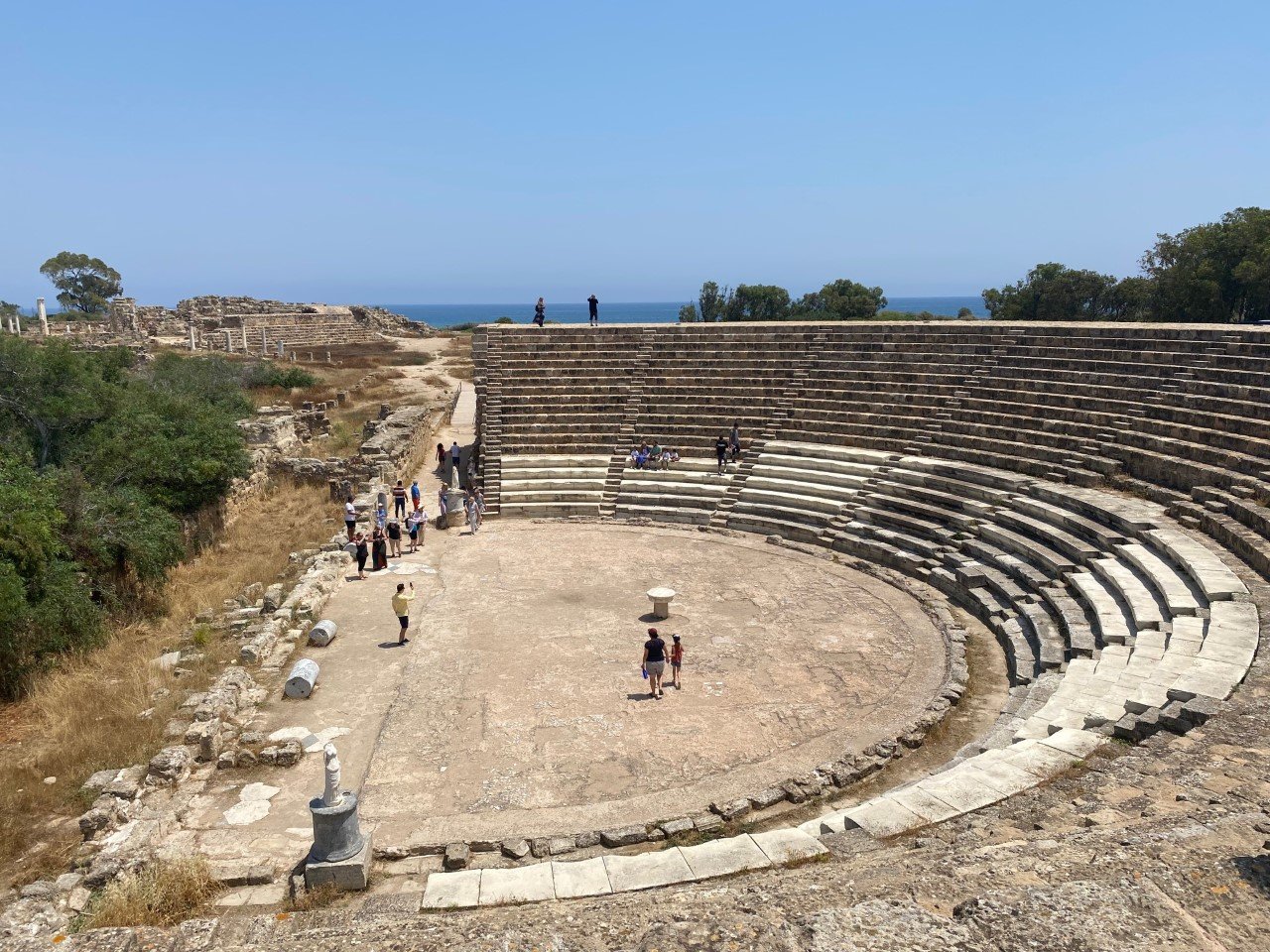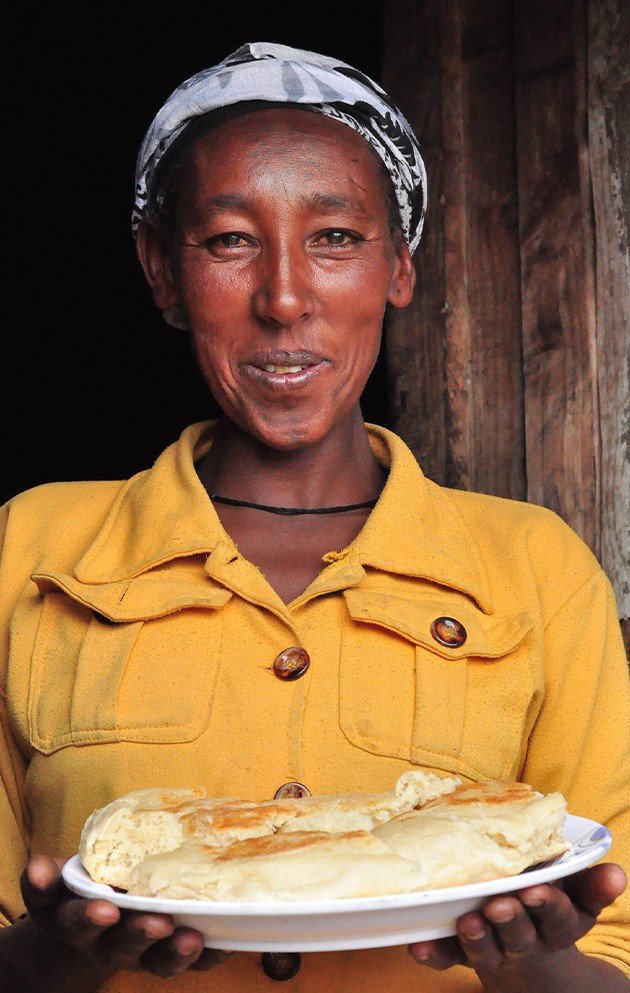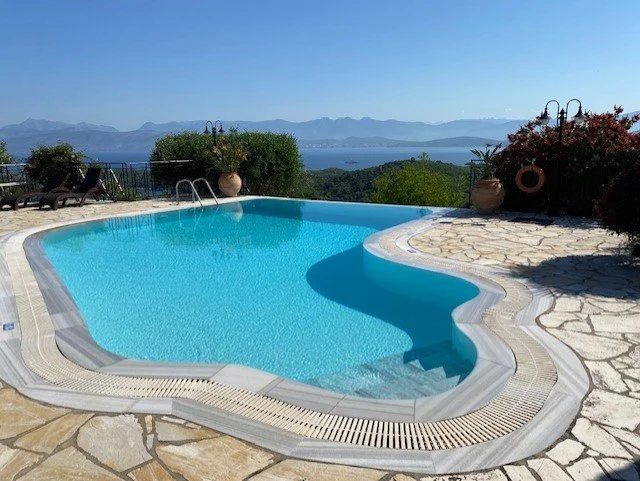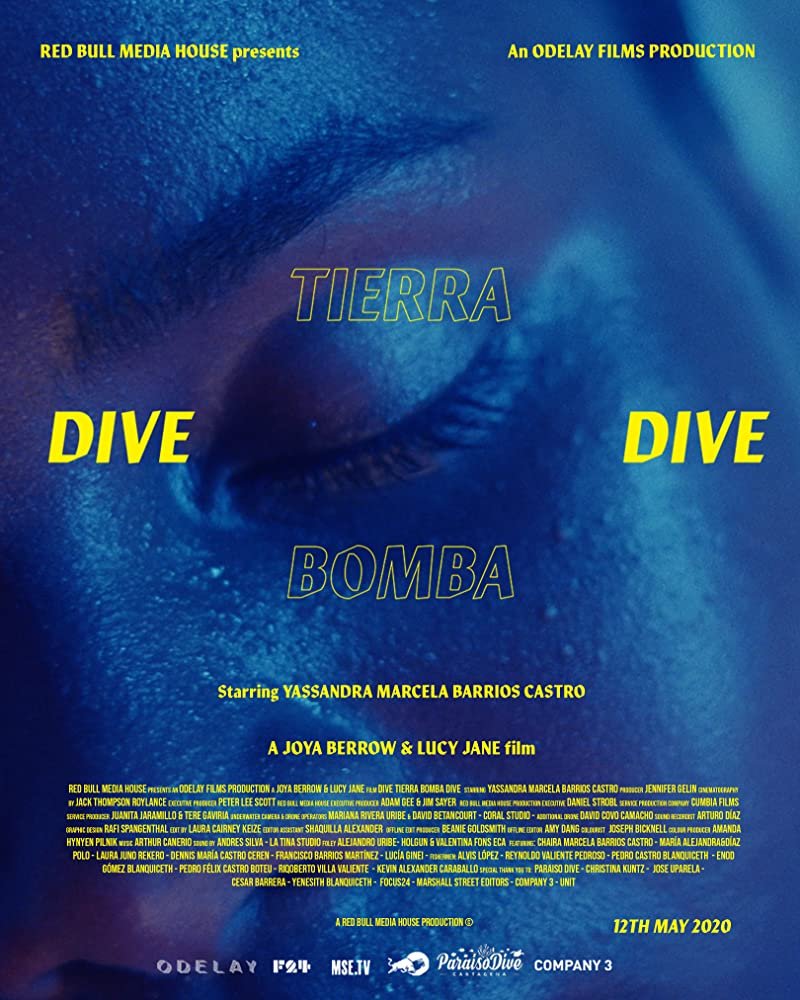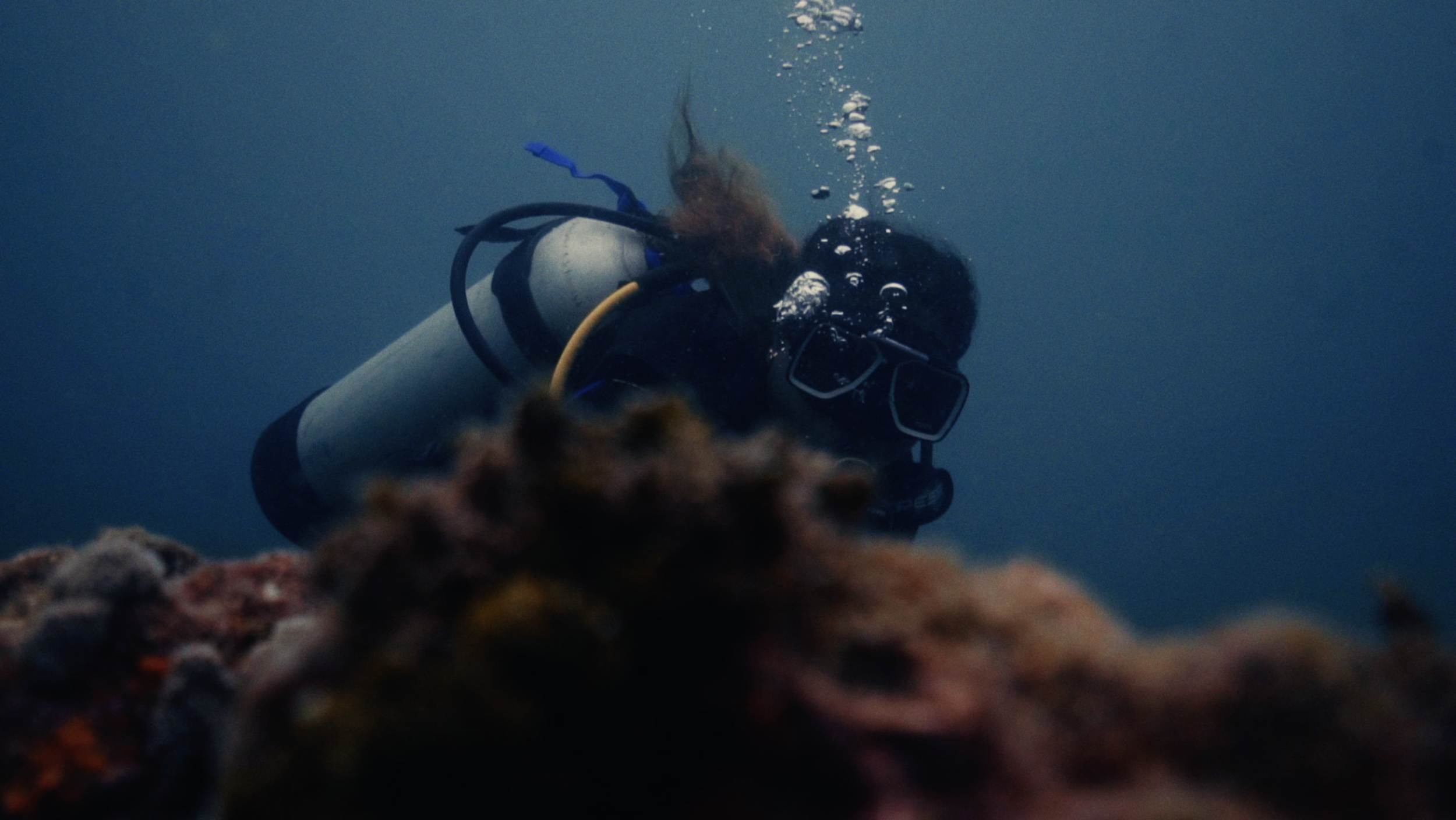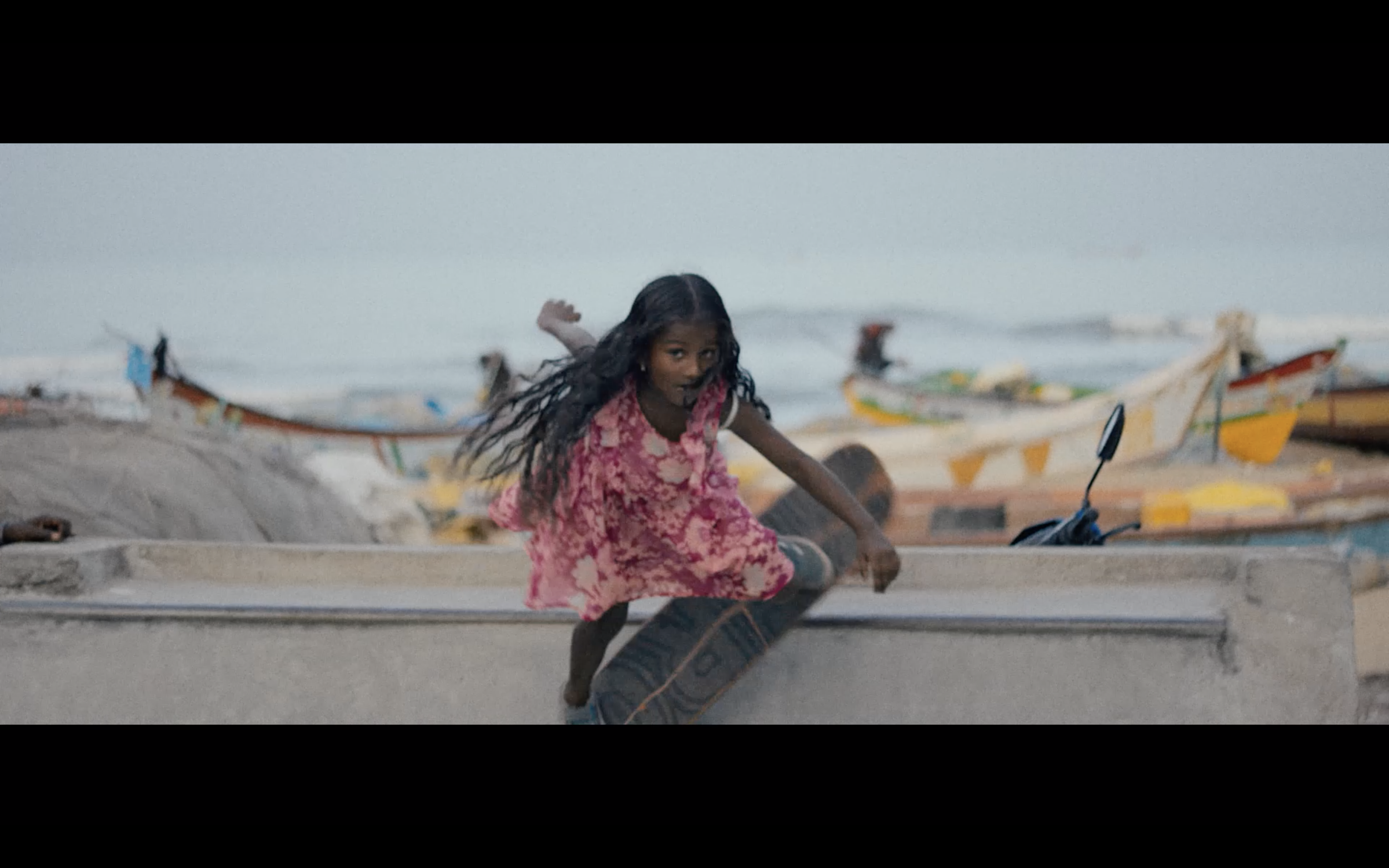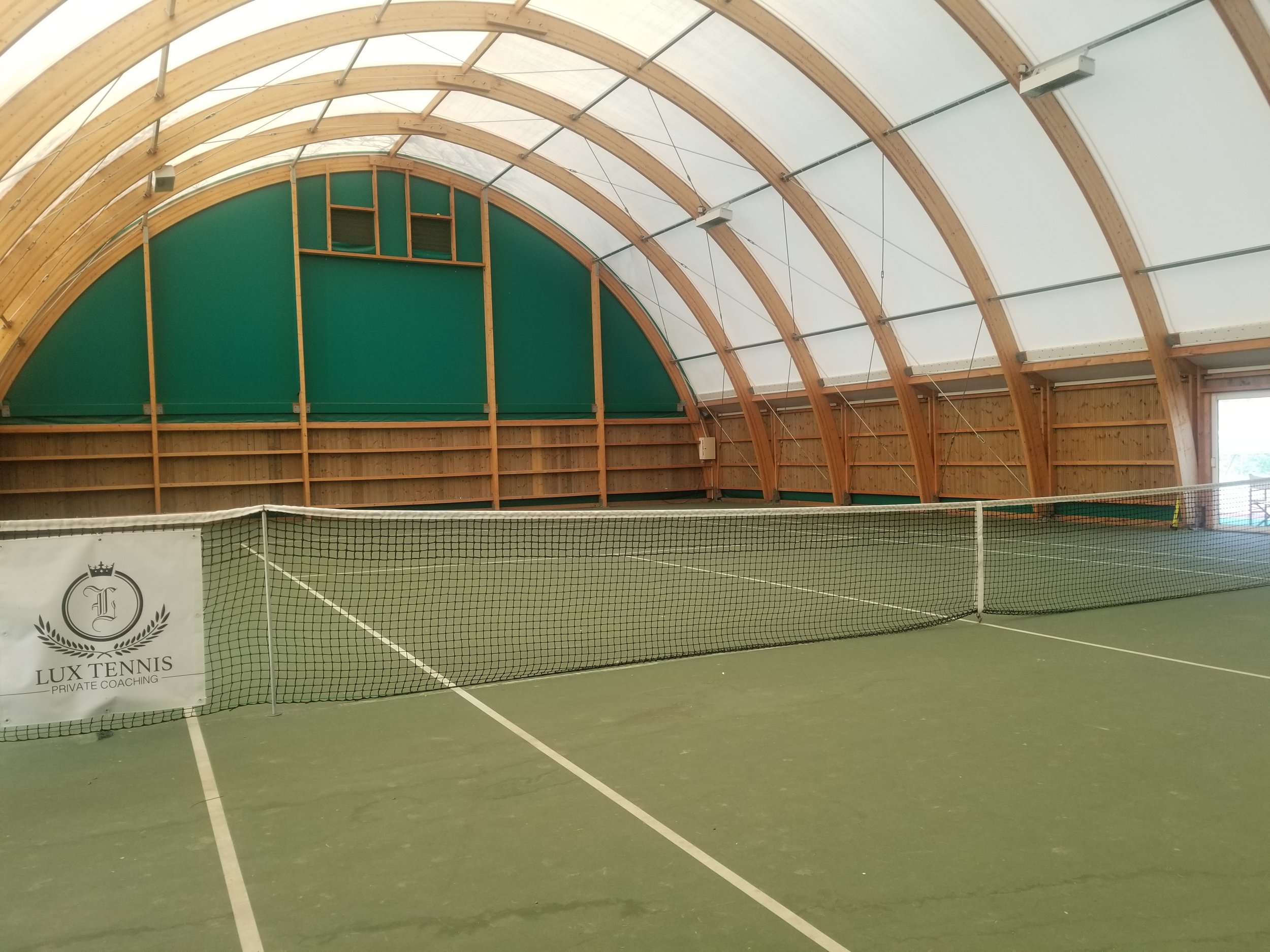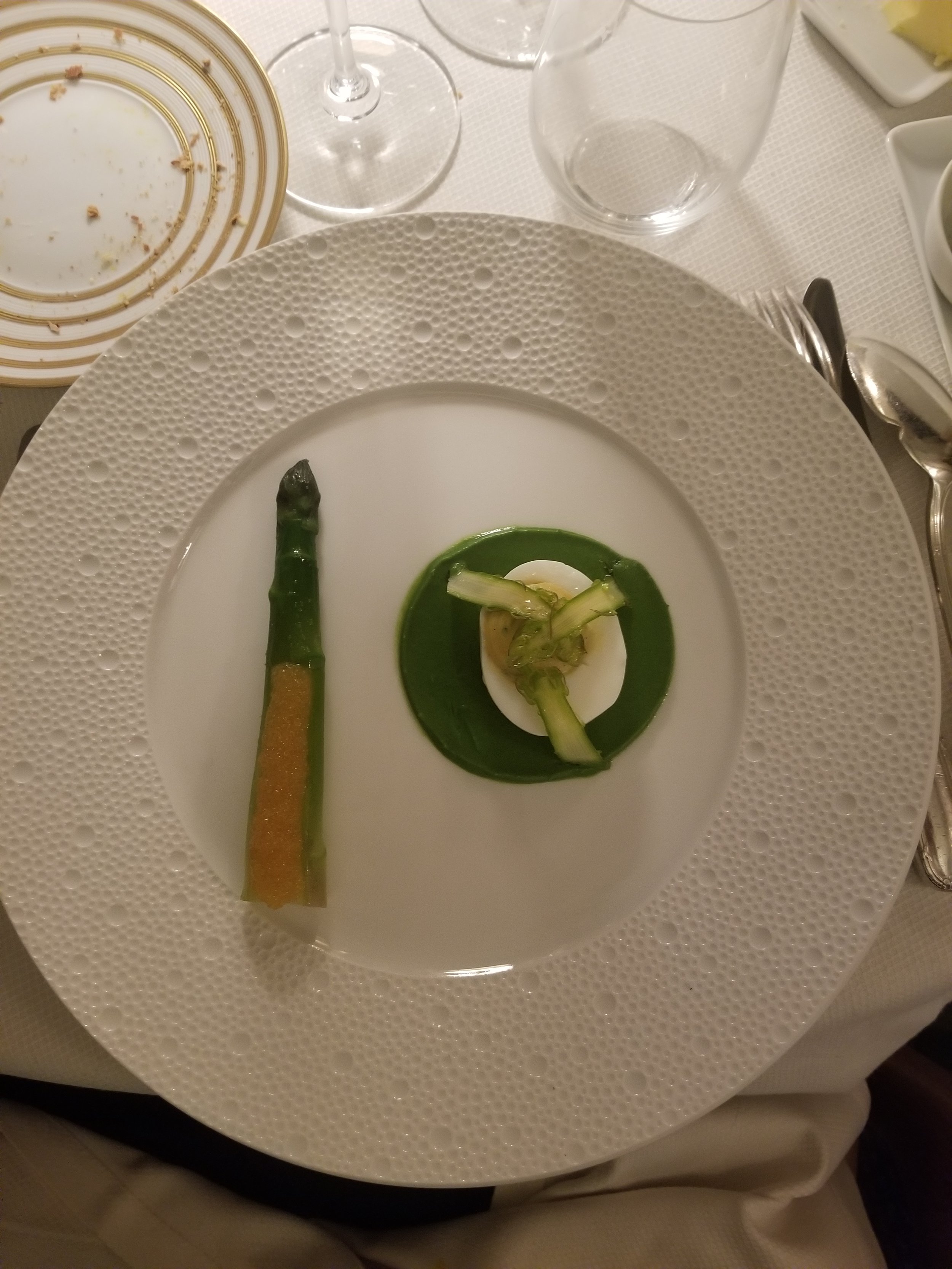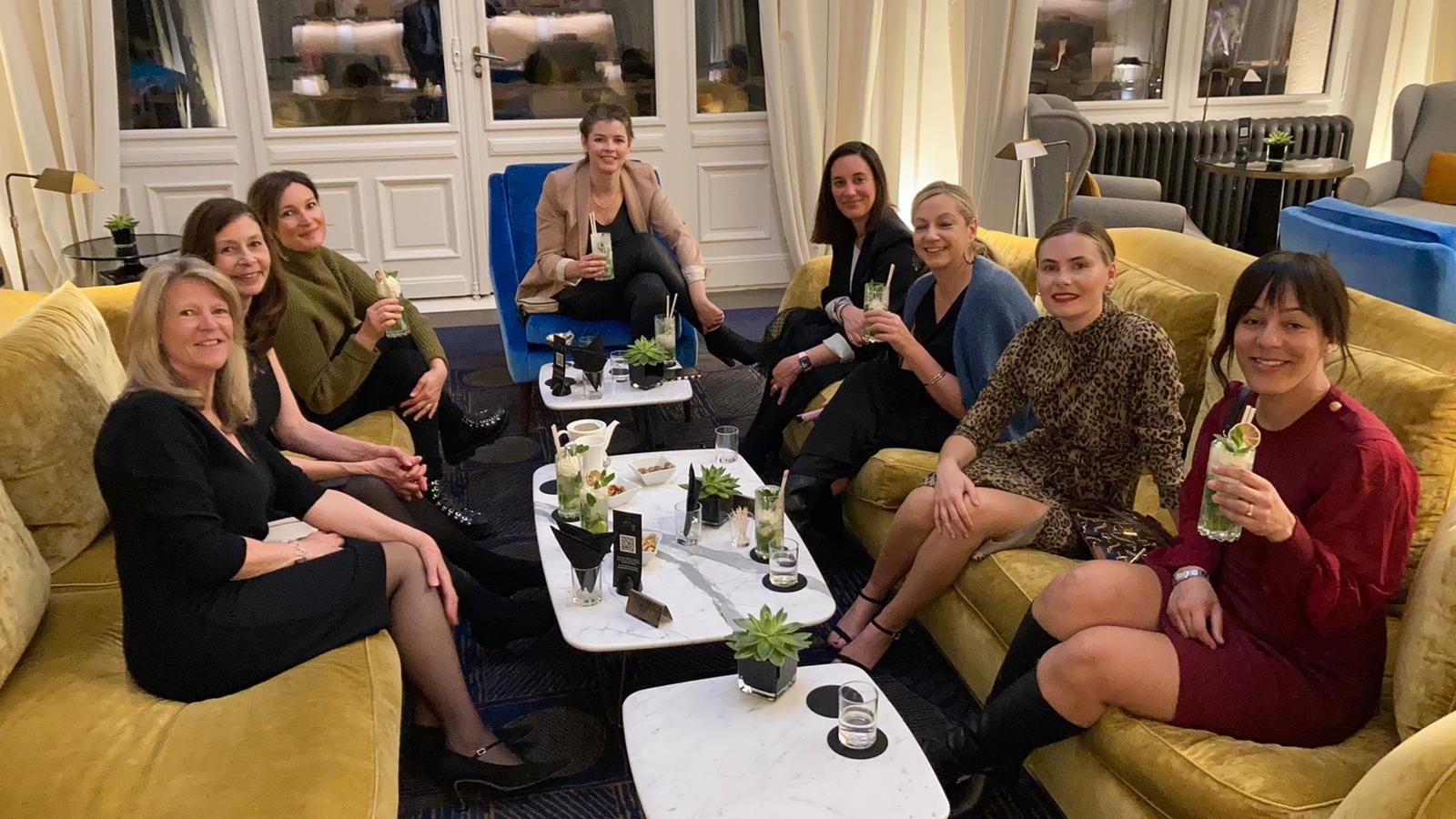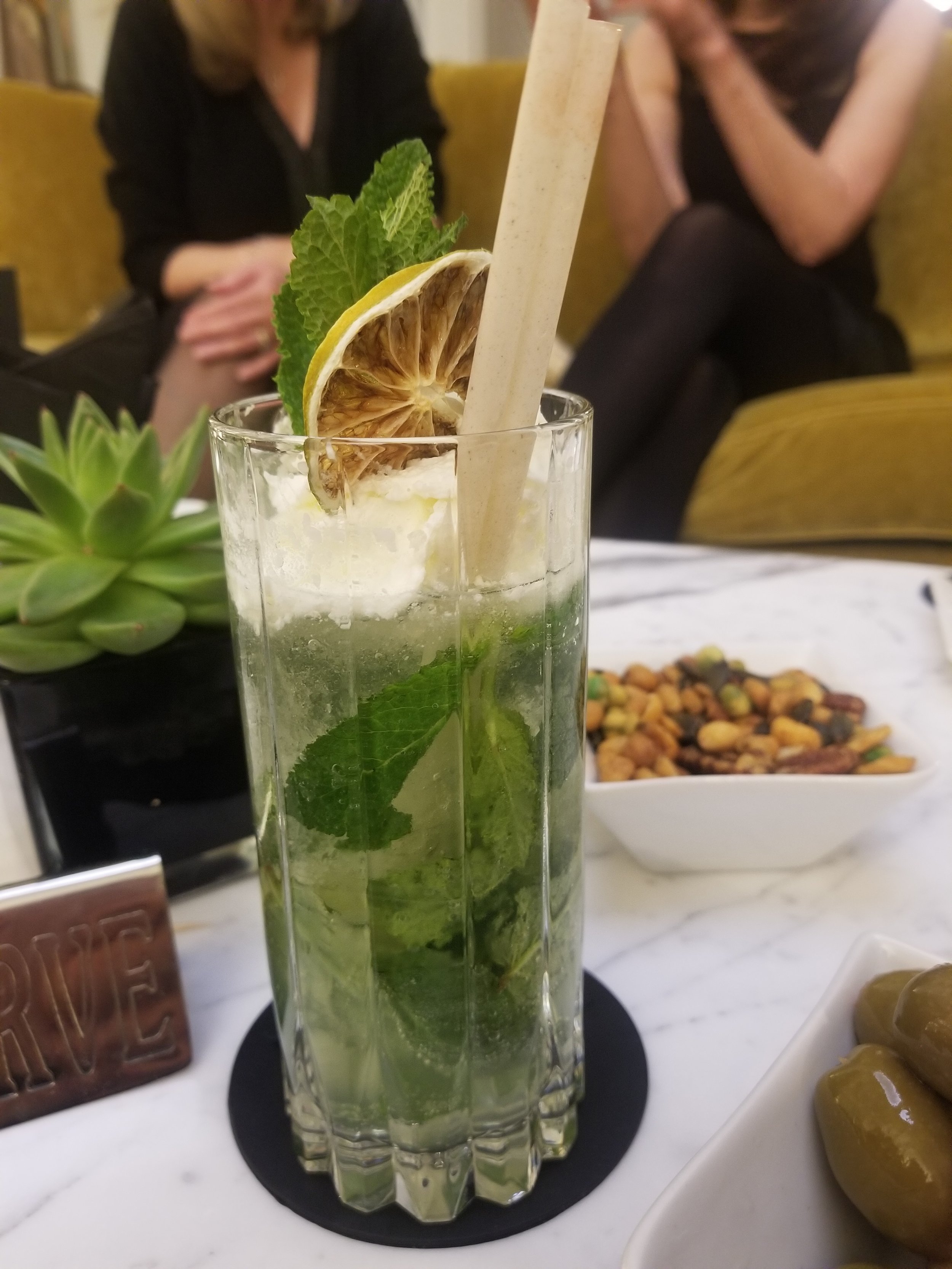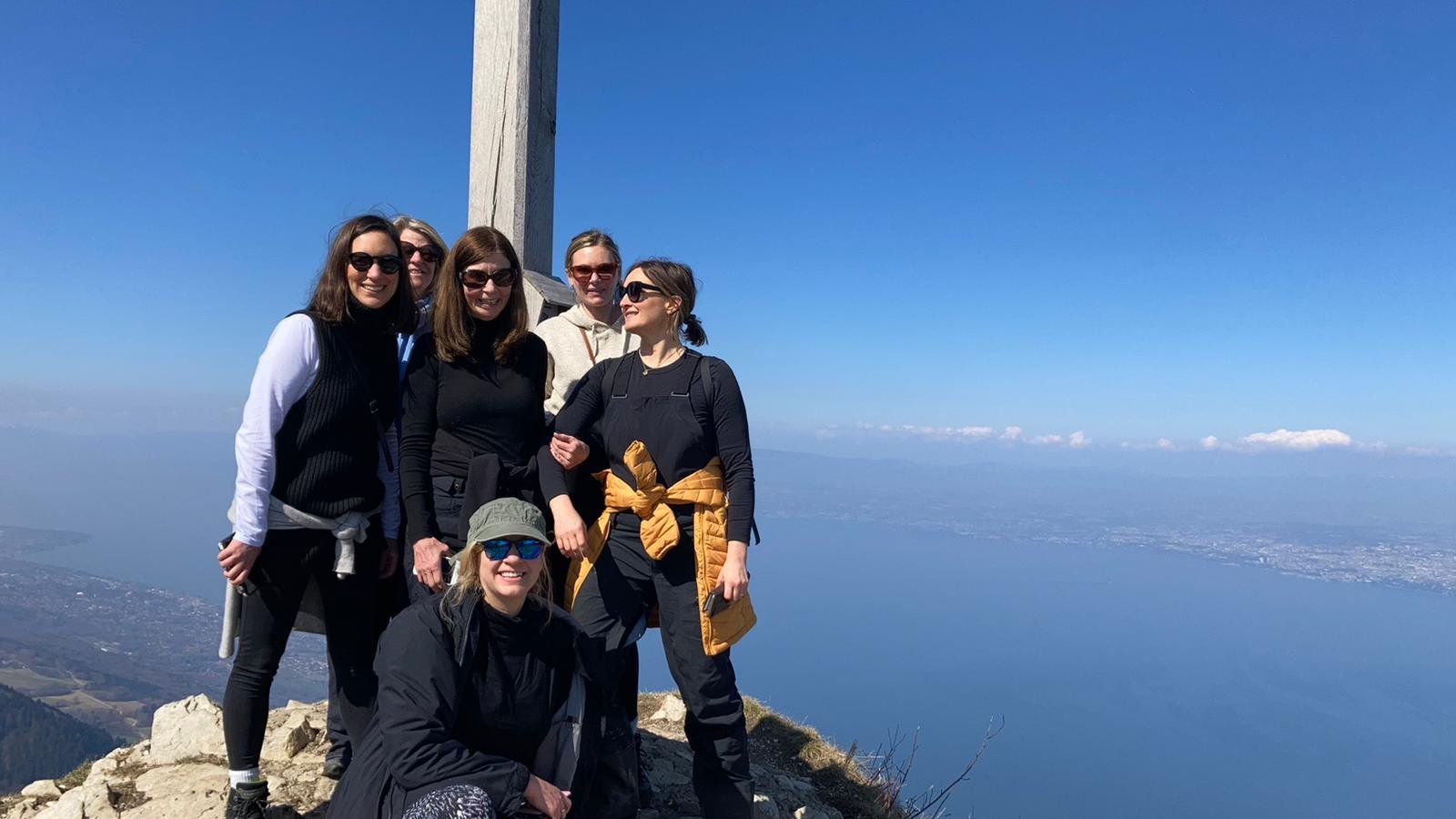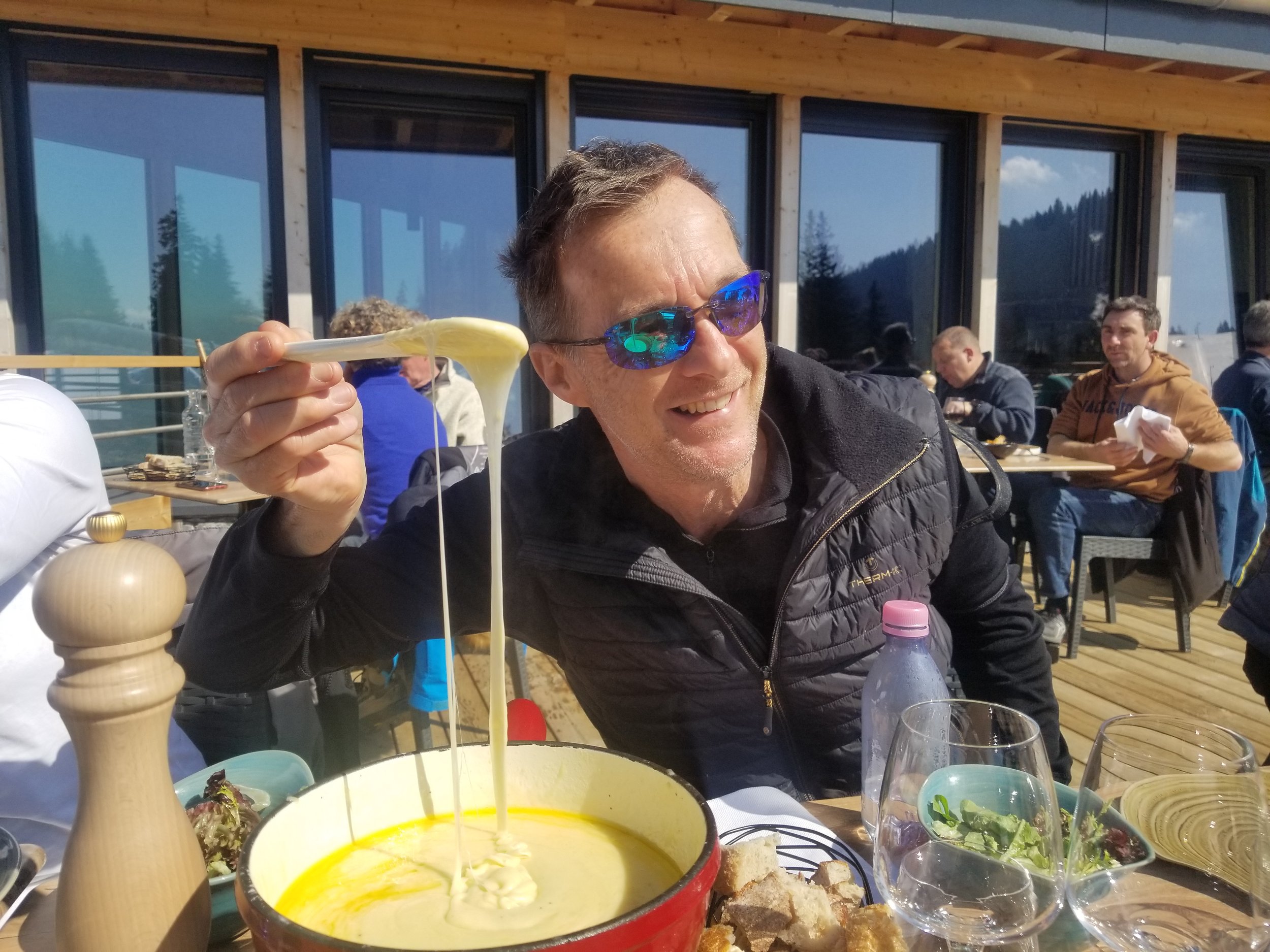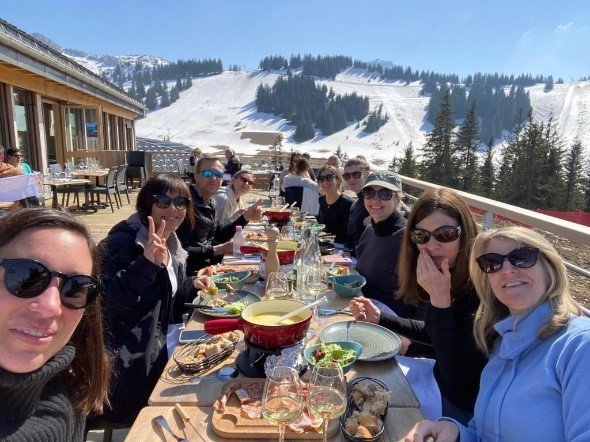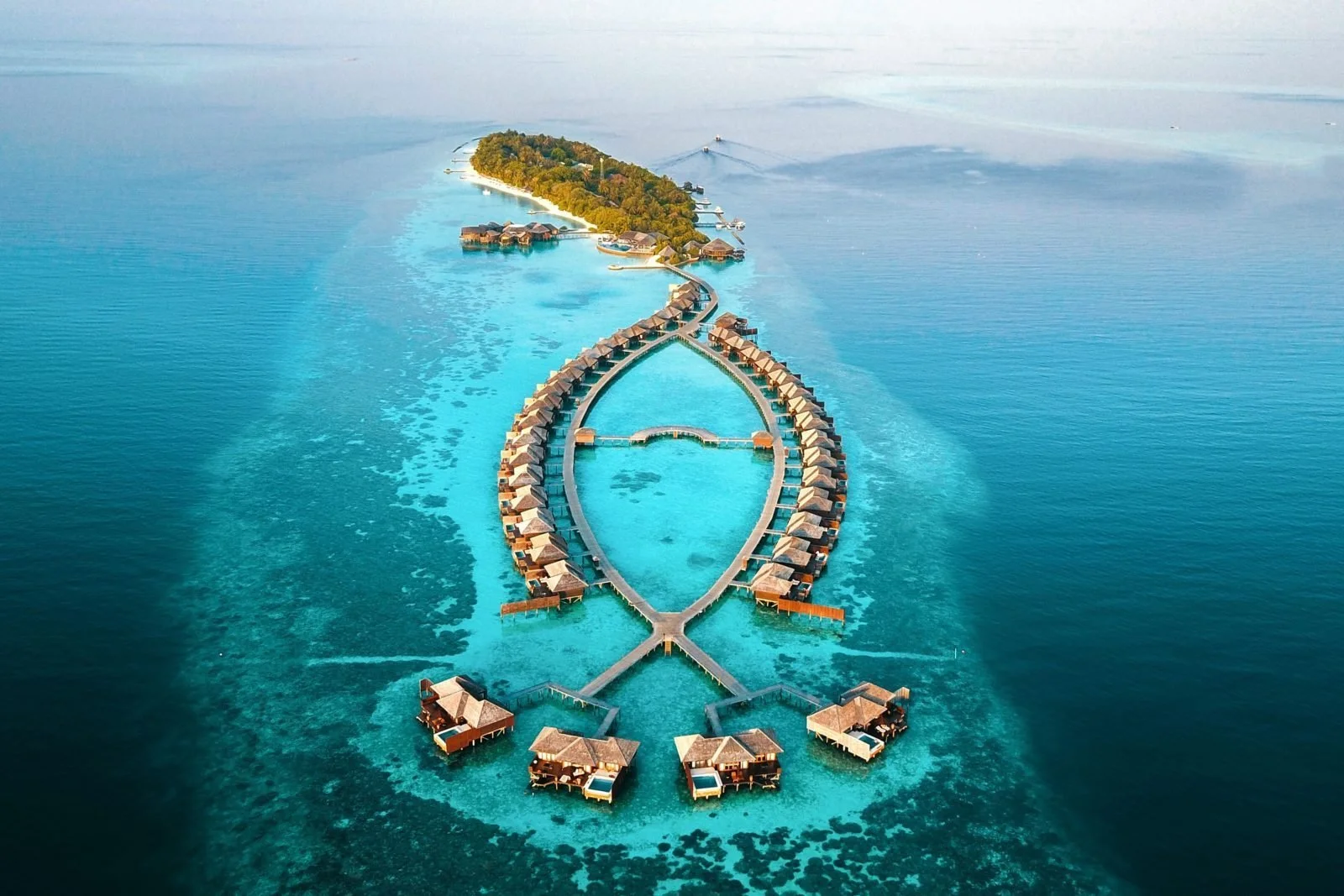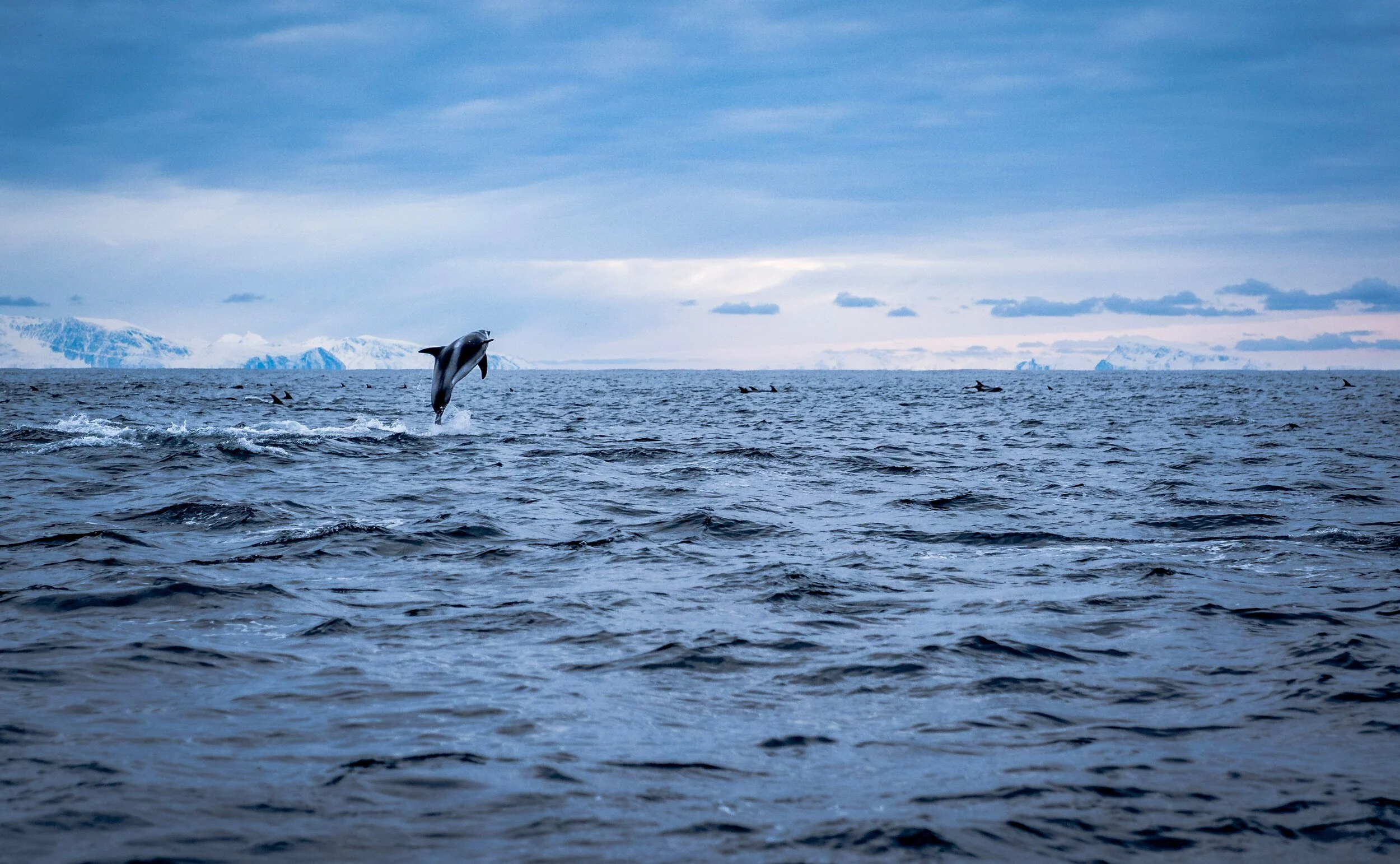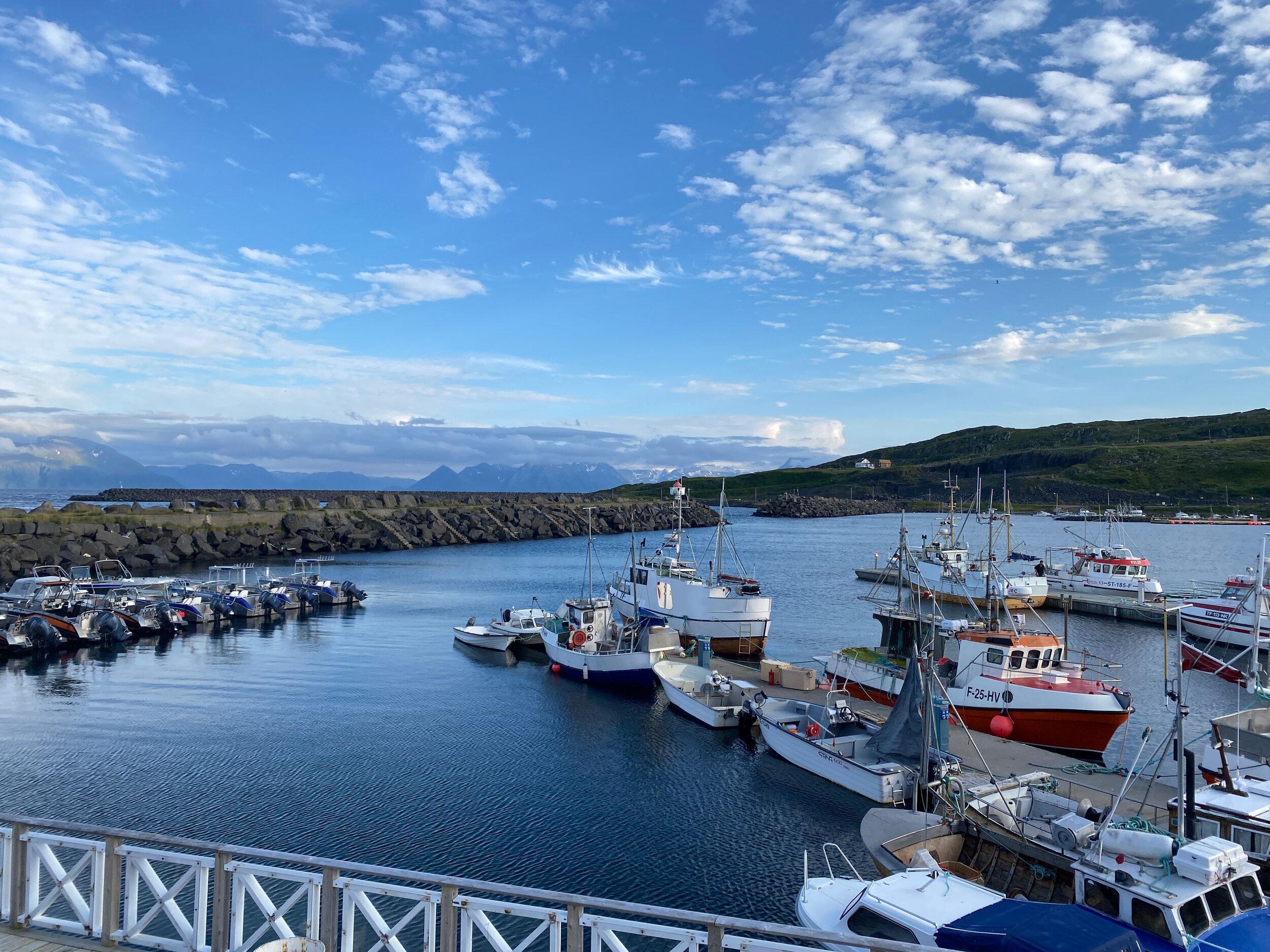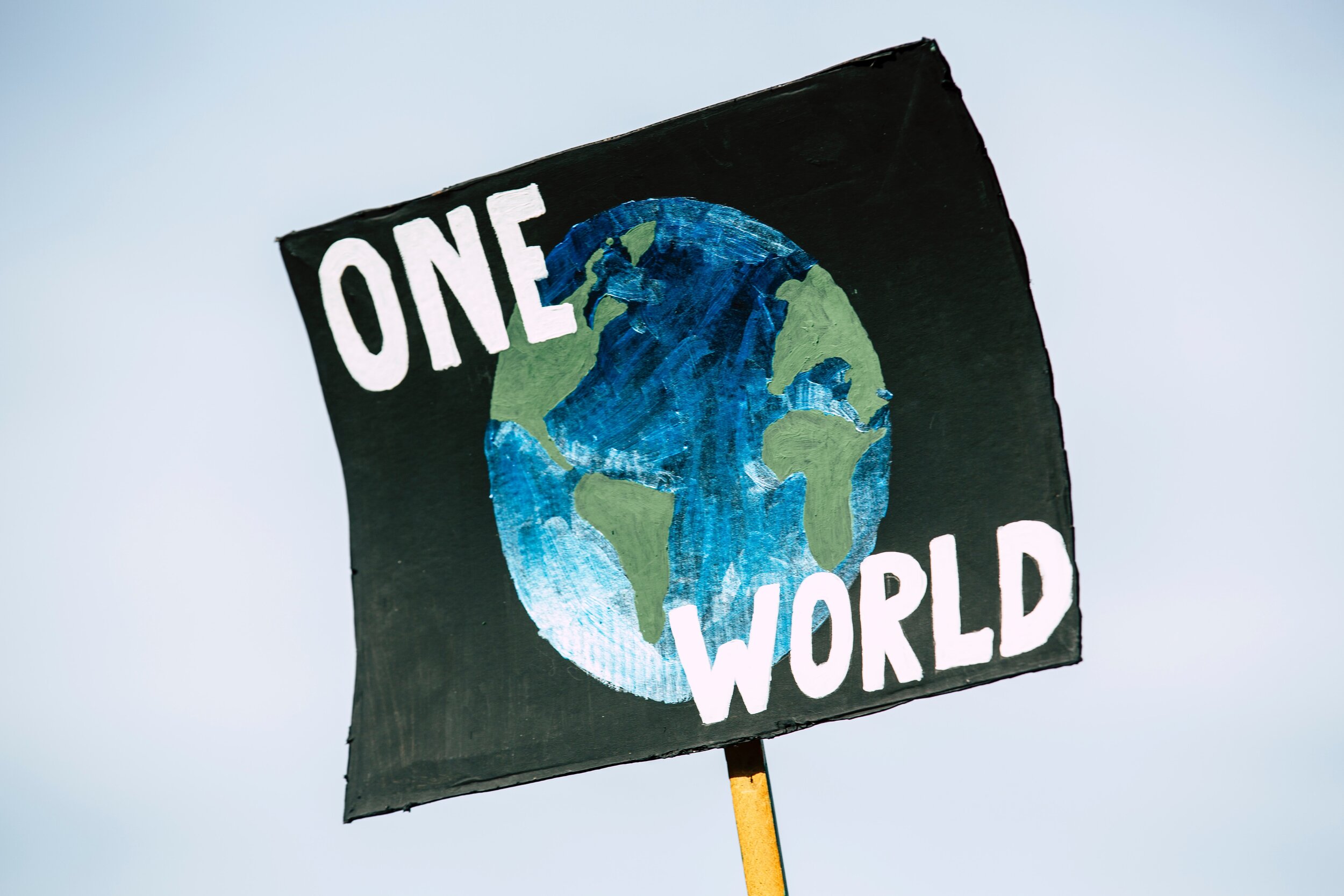The city of Lisbon won a World Travel Award in 2019 as Europe’s Best City Break Destination, so I’ve been curious to visit and explore what the city is all about. Over the last few years there’s been a rise of trendy shops, cafés, coworking spaces and rooftop bars, turning once dilapidated spaces into lively, vibrant social venues. However, Lisbon somehow manages to balance the old and new, the vintage and the modern. For history lovers, Lisbon makes for a fascinating trip, as it’s the second oldest capital city in Europe, next to Athens. You can easily get lost in its untouched hilltop neighbourhoods of Alfama, Castelo and Cathedral districts, with labyrinth like streets, fortified ramparts, castles and walls that have been preserved for centuries. In addition, there are colourful houses and beautiful tiles everywhere you turn.
Not only is Lisbon one of the oldest cities, but it’s also one of the sunniest, enjoying approximately 300 days of sunshine annually. When you ask both locals and tourists about what they find special about Lisbon, often they have this answer in common – the light. It’s the first thing you’ll notice as soon as you land in the city, that dazzling bright light that reflects across the pastel-hued walls, the white limestone pavements, the colourful tiles and the shimmering blue Tagus river, which further reflects light inland.
How would a city break work with a 2.5 year old daughter Islay in tow I wondered? Friends had said Lisbon was one of the best places to visit in Europe with toddlers. And they were right - it is an affordable, safe and family-friendly city and here are some of the highlights of our 5 day trip in August 2022.
Taking a tram
The trams make up part of the public transport system in the city, so you can easily use them to get around – buy a pass or ticket for each trip, such as for your journey from Lisbon to Belem. However the 28 tram Lisbon route is a little different, acting more like a tour route with the added style of small traditional yellow trams. Heading from Martim Moniz to Campo de Ourique, it passes through the popular tourist districts of Graca, Alfama, Baixa and Estrela along the way and it’s a fantastic way to see Lisbon and soak up the atmosphere. We loved it!
It is very popular though, so do expect to queue if you want a seat (or to be squished into standing if not). It’s also well known, sadly, as a haunt of pickpockets so keep an eye on your belongings. If you buy a ticket on board, it’ll also cost a lot more than picking it up in advance at a metro station – a day pass costs approximately double a single ticket bought on board, and you can use that for unlimited journeys during 24 hours and with plenty of things to do in Lisbon with kids, it’s definitely one to keep on your family travel radar.
Afternoon in the Aquarium
With more than 8,000 sea creatures and 500 different species, Lisbon’s aquarium – the Oceanario Lisboa – is one of the most incredible and largest in Europe, and ideal if you are visiting Lisbon with kids and to escape the midday heat. As you approach the impressive building you realise that the only way to get in is through a footbridge, and as you walk over the water, you get the impression that you are boarding a ship.
The aquarium sits over two floors, with an enormous central 5-million litre tank, that is the home to a variety of marine creatures including black tip sharks, sting-rays and huge ocean sunfish. Then get ready for jungle-action on a rainforest tour, where kids can walk over a wooden bridge and explore a variety of exotic trees and fish. The perfect tie-in with the Oceanário? The cable car ride is located just behind the aquarium (kids under 4 go free) and is a really great value activity to do with little ones and very exciting for them albeit scary for me! The place can get super busy, so buy tickets online before you go. You can just go straight in and show your printed ticket or the PDF on your phone.
Sand, sea and sandcastles
Lisbon is located on the Iberian-Atlantic coast. This means sandy beaches are just a short ride away from the city. Once you’re in the main terminal in Cais do Sodré, the railway trains will take you along the shimmering Oeiras, Estoril & Cascais coast, with plenty of popular and lesser known beaches to pick from. Either you’re into lounging on the beach or if you want more fun activities then the beaches of such Carcavelos, Cascais and Guincho offer sailing, kayaking, surfing. Furthermore, across the bridge, is the 30km pristine beaches of Costa da Caparica, which is a mere 20-minute Uber ride away and where we spent a lovely afternoon in the water and building sandcastles.
The Fado Museum (one for the adults when the little one naps)
The Museu do Fado is one of the must-visit places in the city. Besides representing one of the region’s most important cultural legacies, it also has a restaurant and a themed shop where you can spend some time catching the spirit of saudade (nostalgia). Totally devoted to fado and the guitar, it has a permanent exhibition and also temporary ones, alongside a document centre and an auditorium with regular events and a very interesting programme. With songs by the greatest Portuguese artists demonstrating an art form that Portugal gave to the world, the museum’s artistic quality will surprise you and we loved listening to the haunting melodies whilst Islay slept in her pushchair.
Tasty food and wonderful wine
The Portuguese love eating and drinking and their culture is so associated with food that every celebration means an opportunity to celebrate life with eating, drinking and being merry. There’s a great variety of restaurants in Lisbon, offering delightful dishes of seafood, grilled or stewed meat, pickled vegetables and rustic concoctions. Expect bacalhau (codfish), mouth-watering sausages and cheeses, paired with excellent wines from Lisboa or Douro regions. Lisbon folk certainly know how to live well.
Visiting Lisbon was one of the most enjoyable city breaks we have had - beautiful parks and playgrounds, sunny beaches, trams and ferries to ride, scrumptious food, and interesting streets and alleys to explore. Lisbon is truly one of the best places to visit in Europe with your little one.
Zoe and her family travelled in August 2022 to Lisbon on a 5 day city break.




